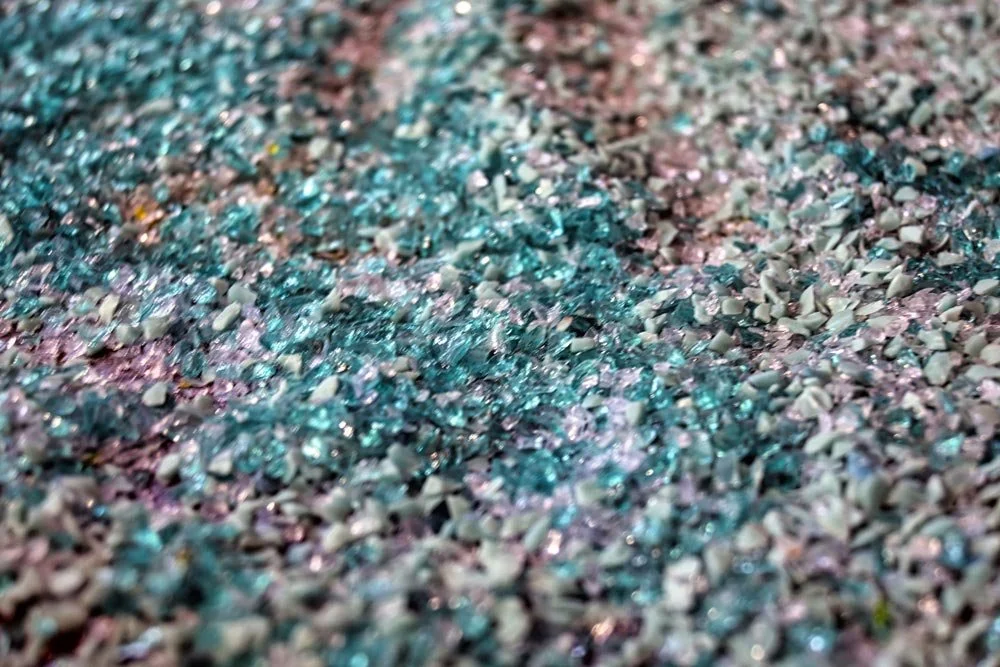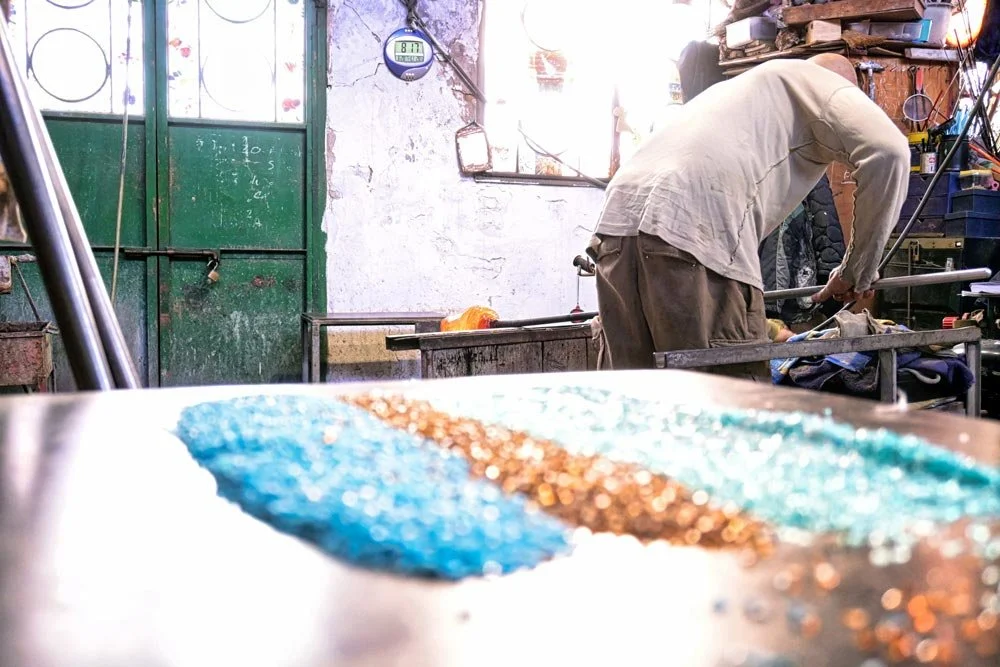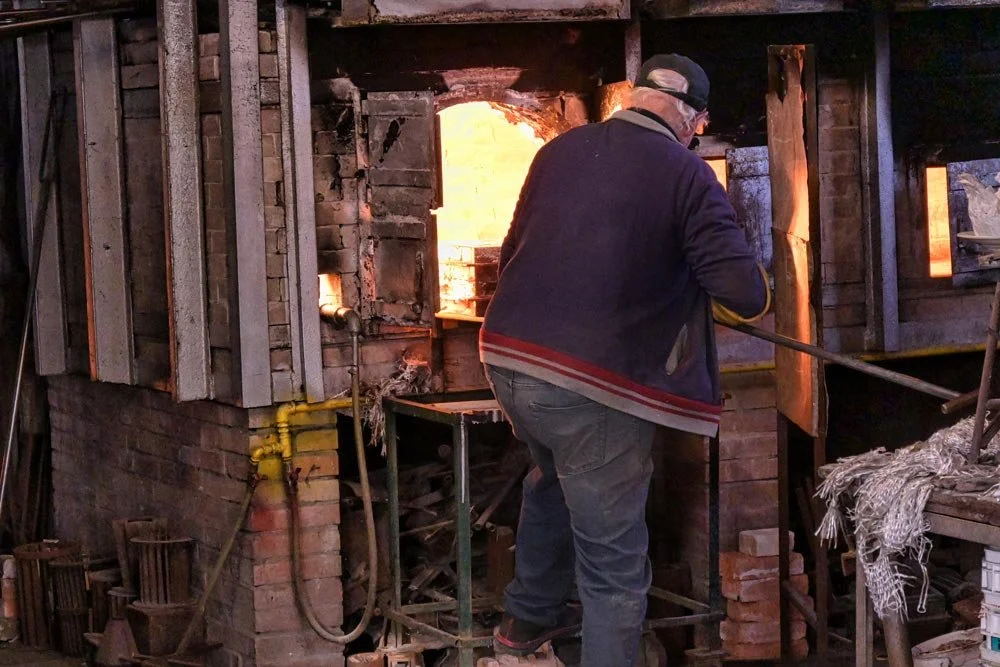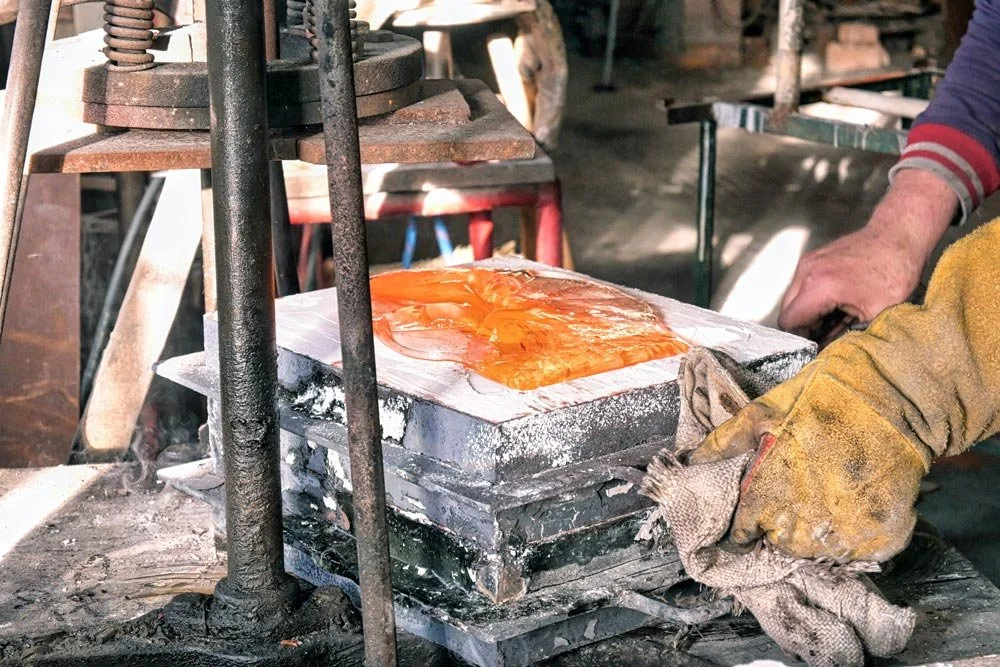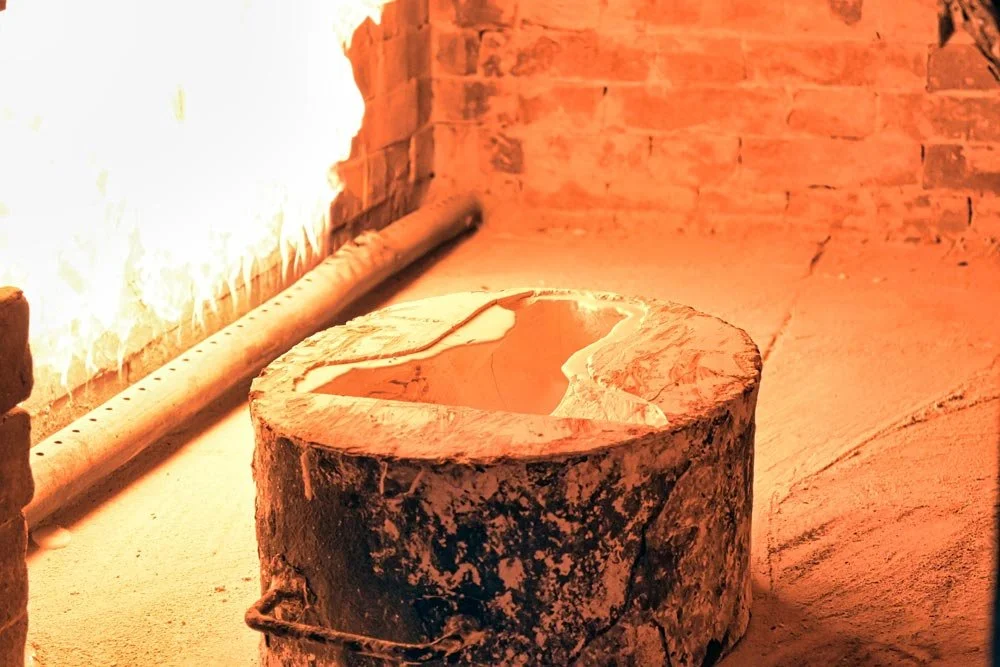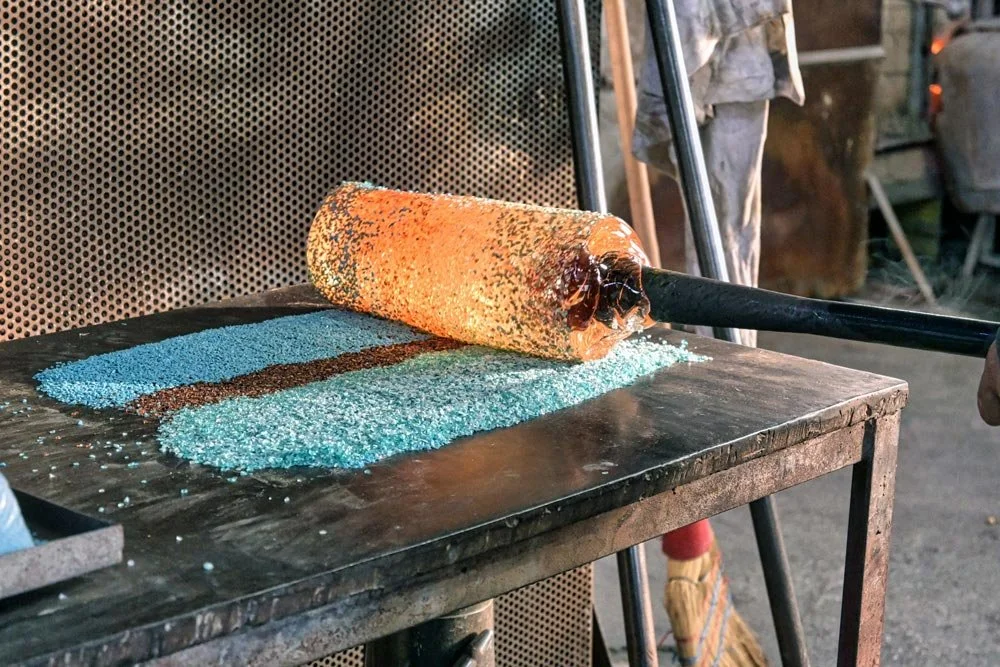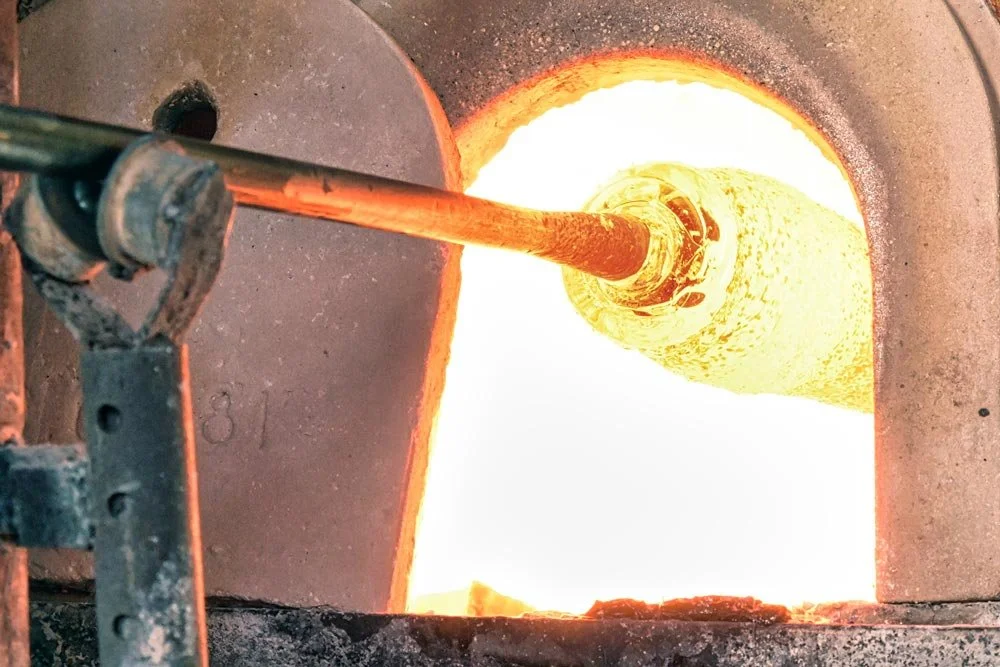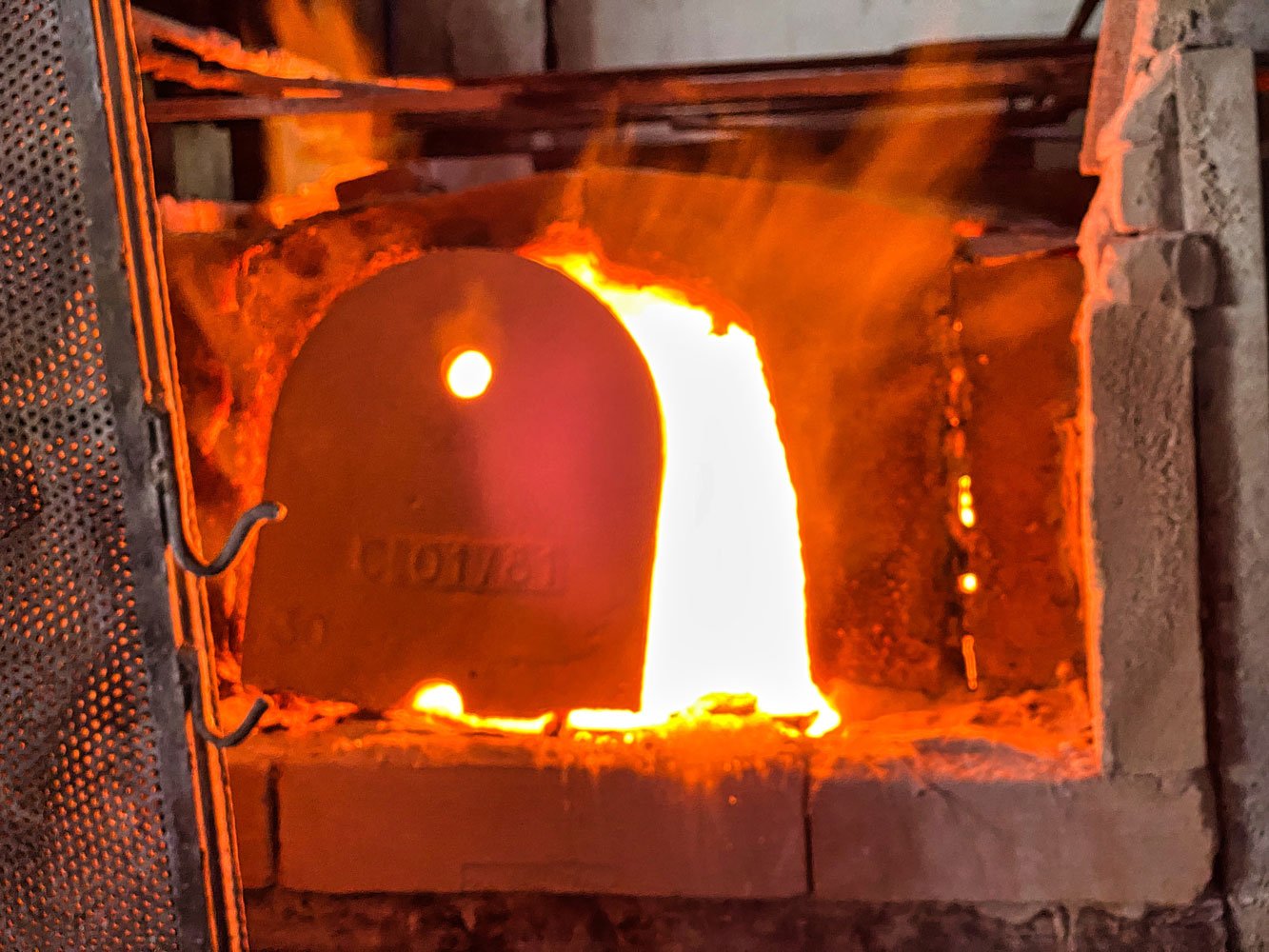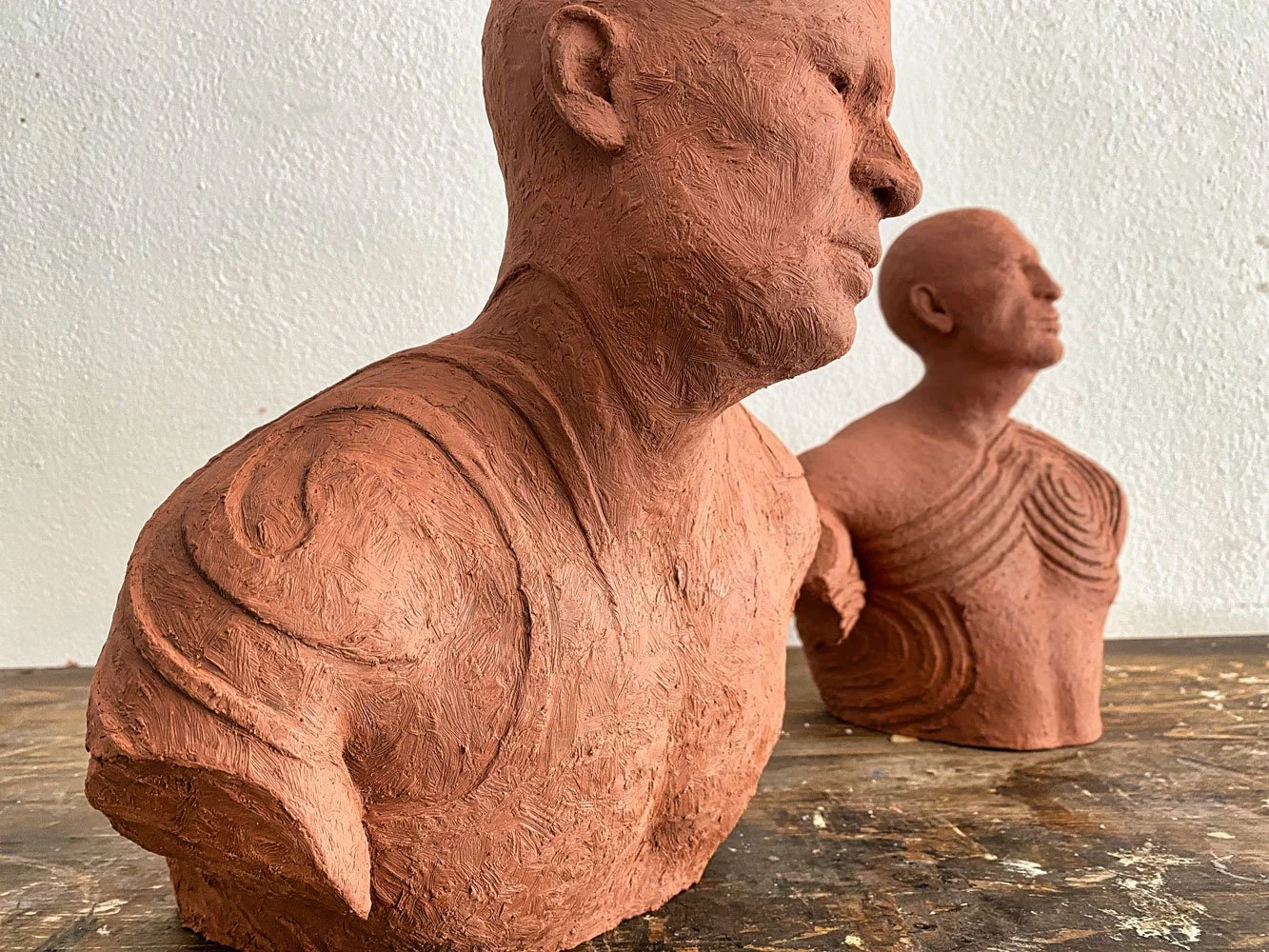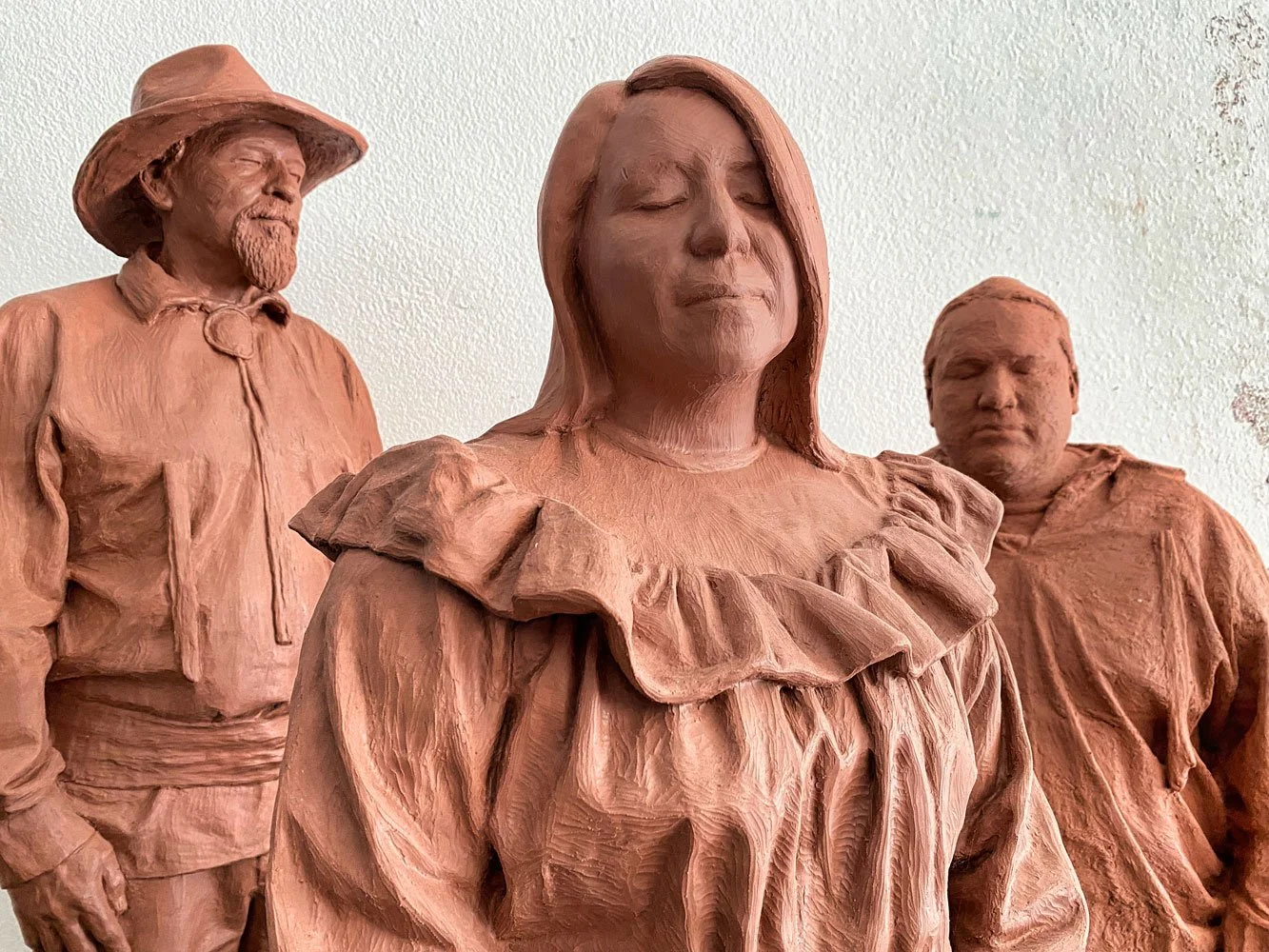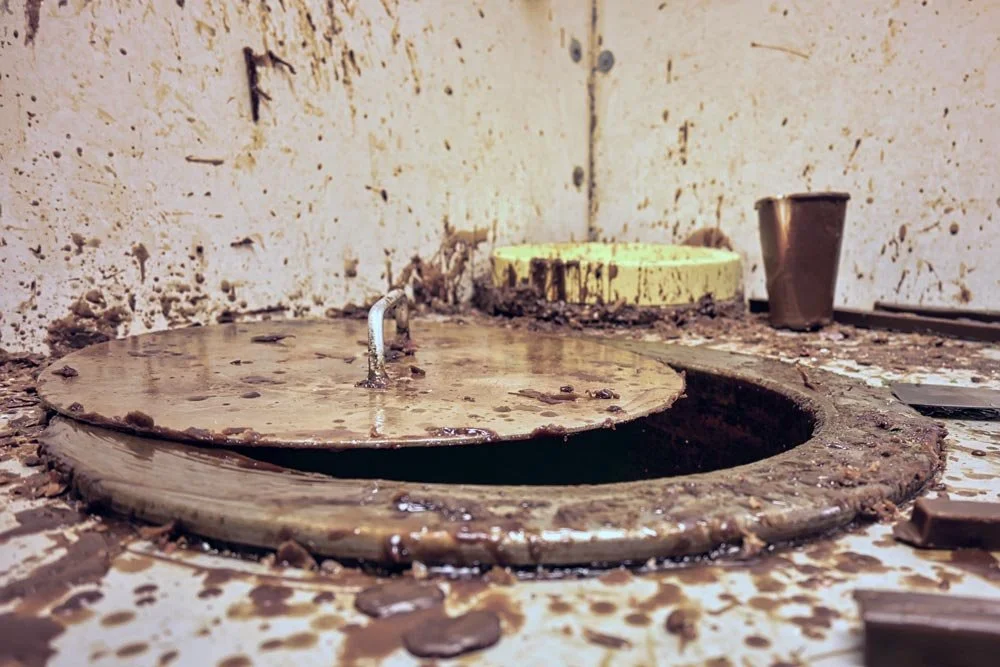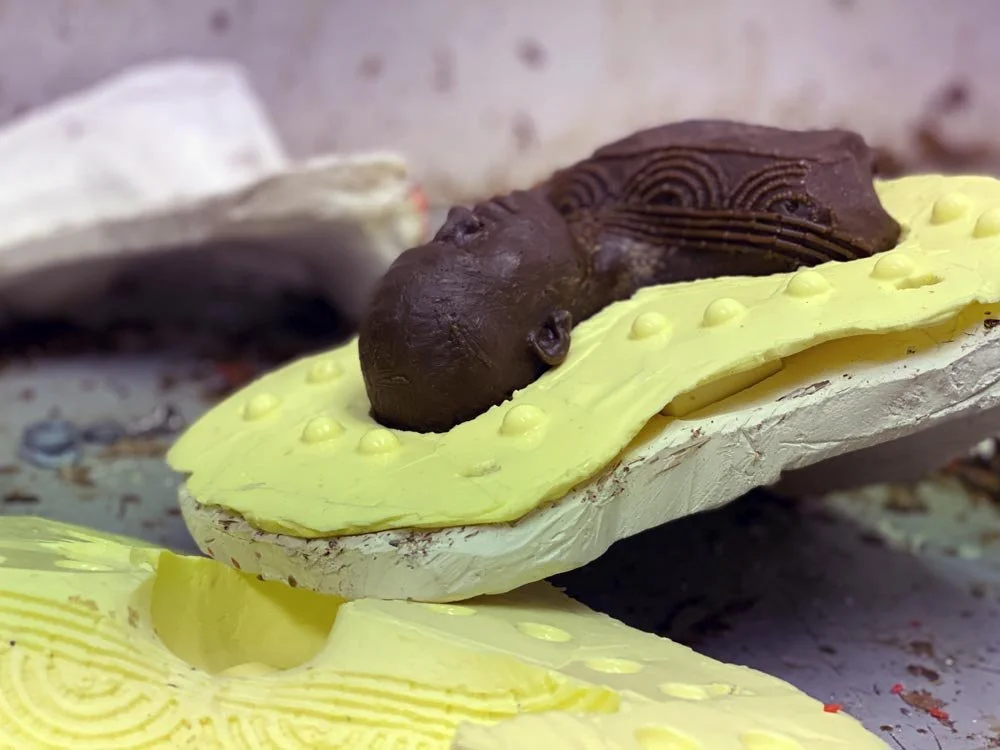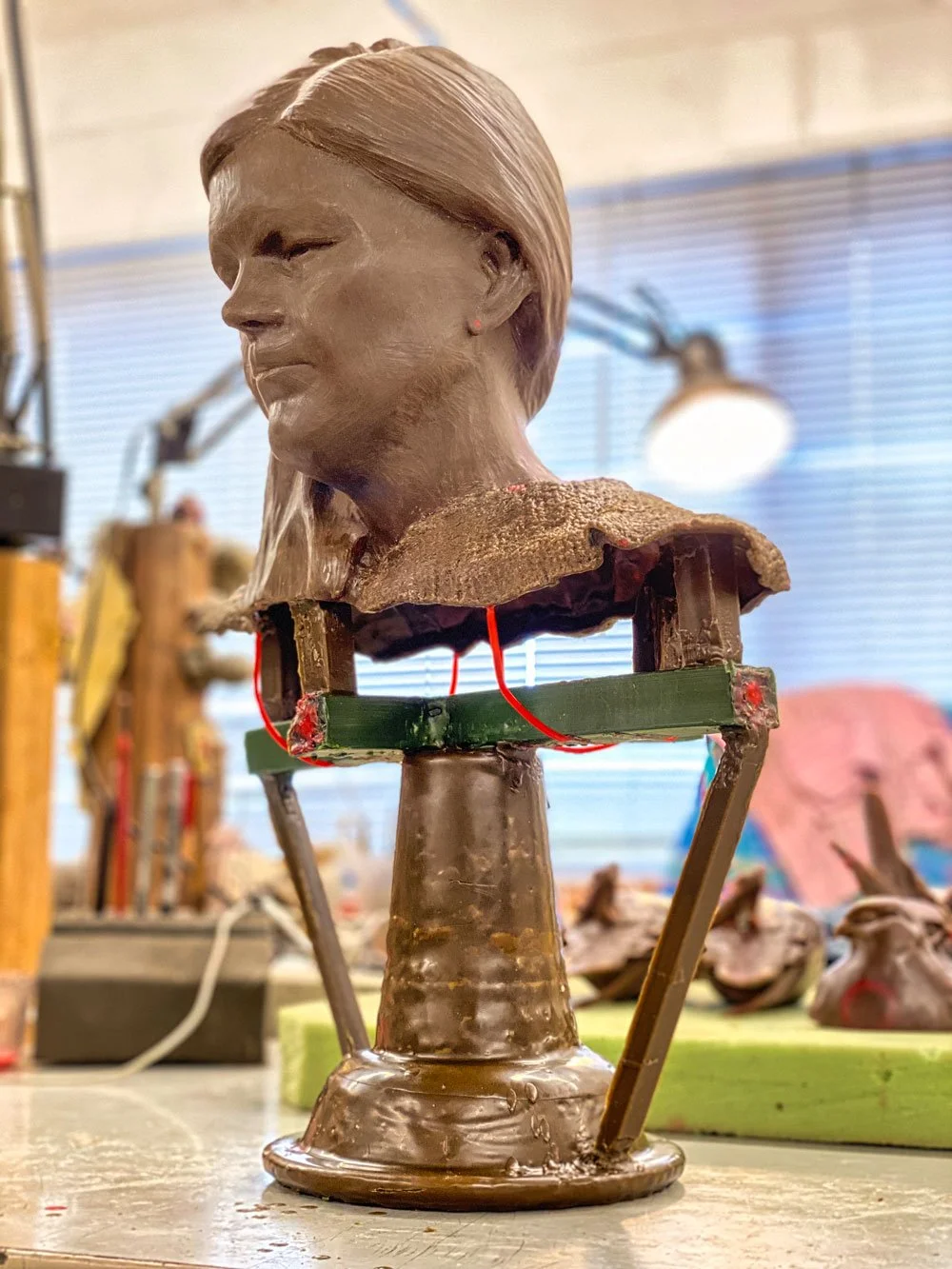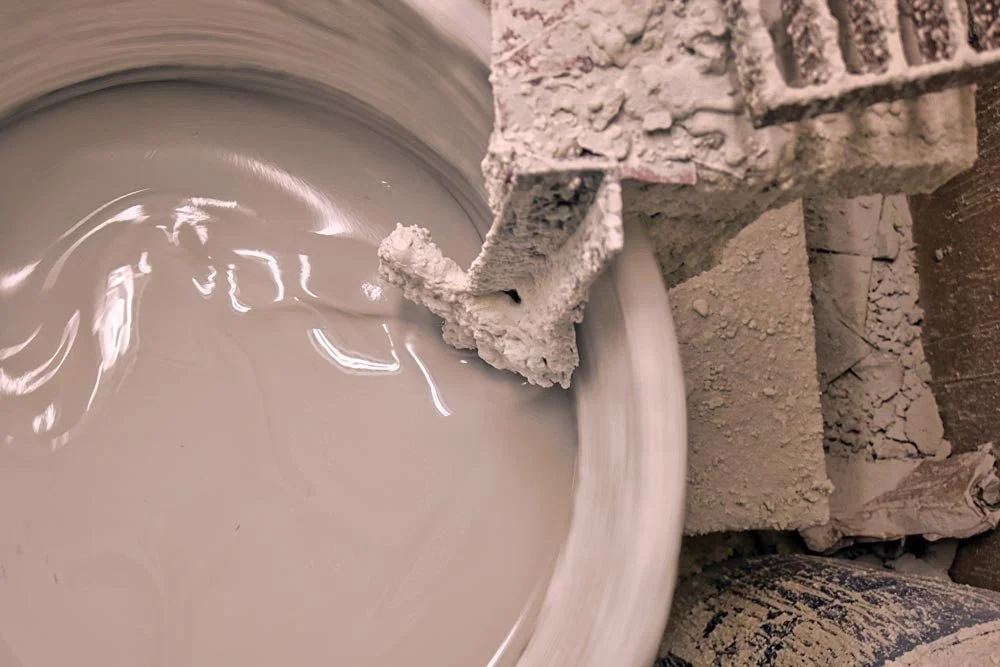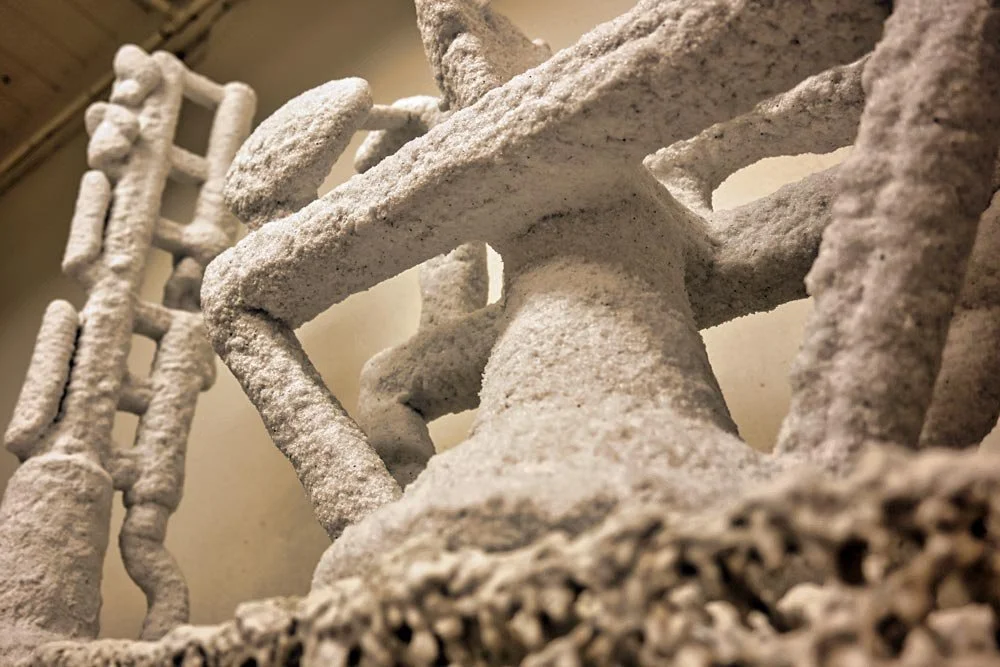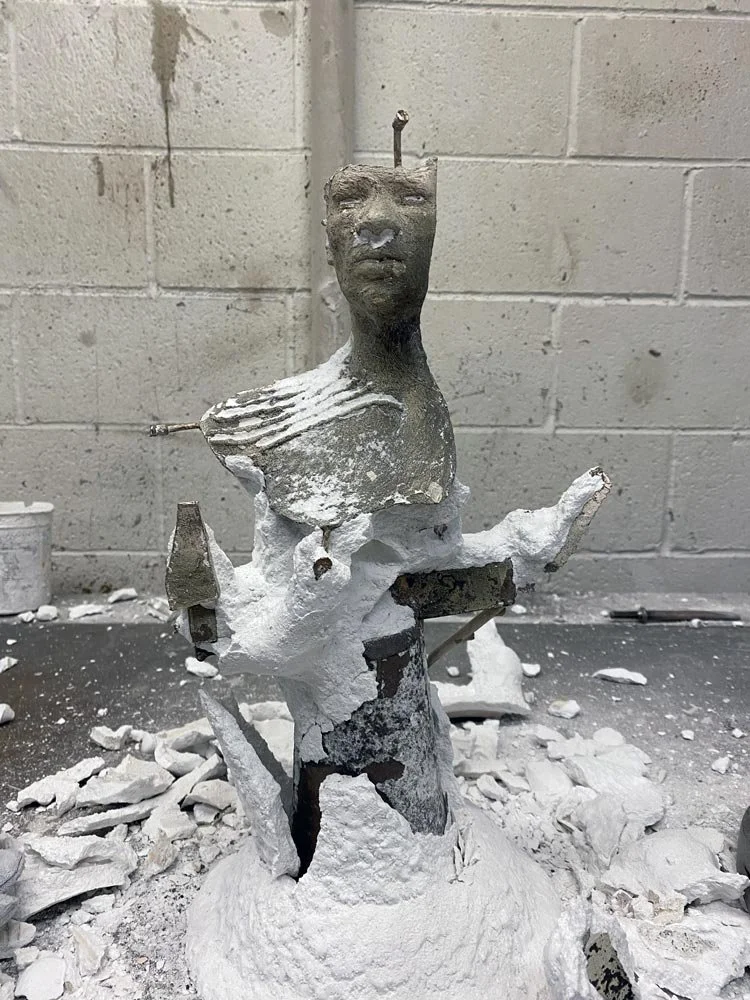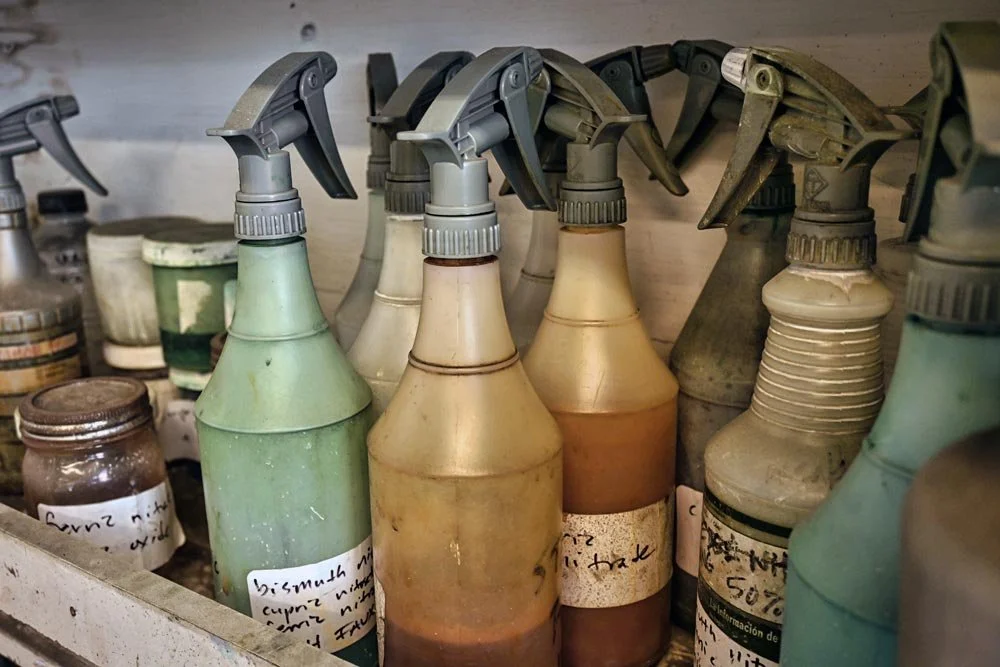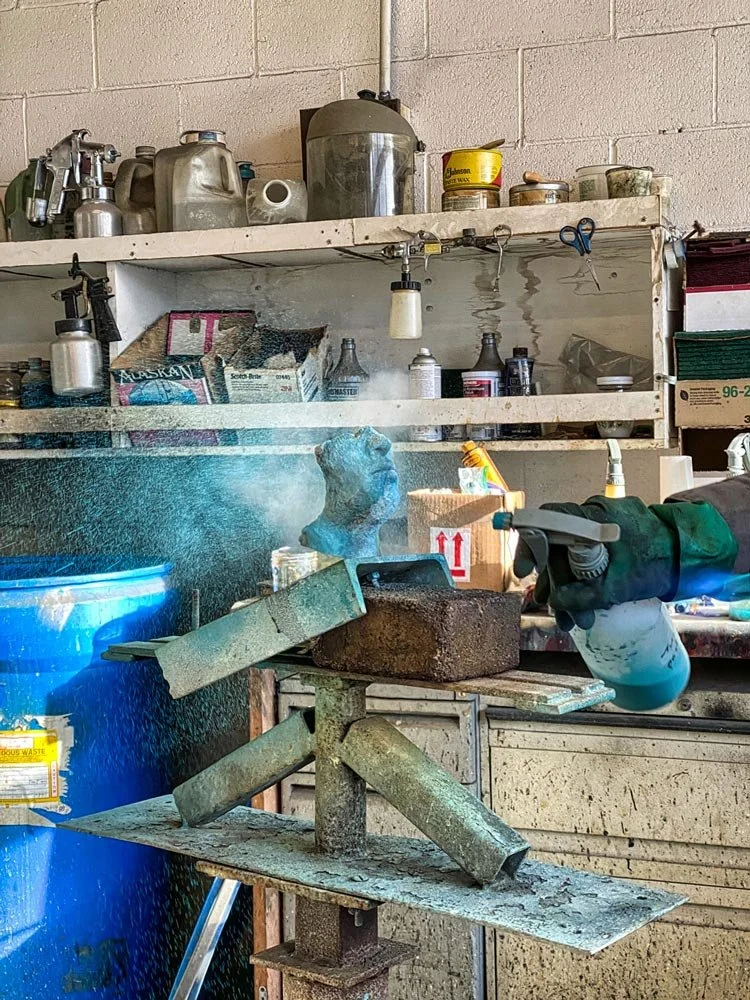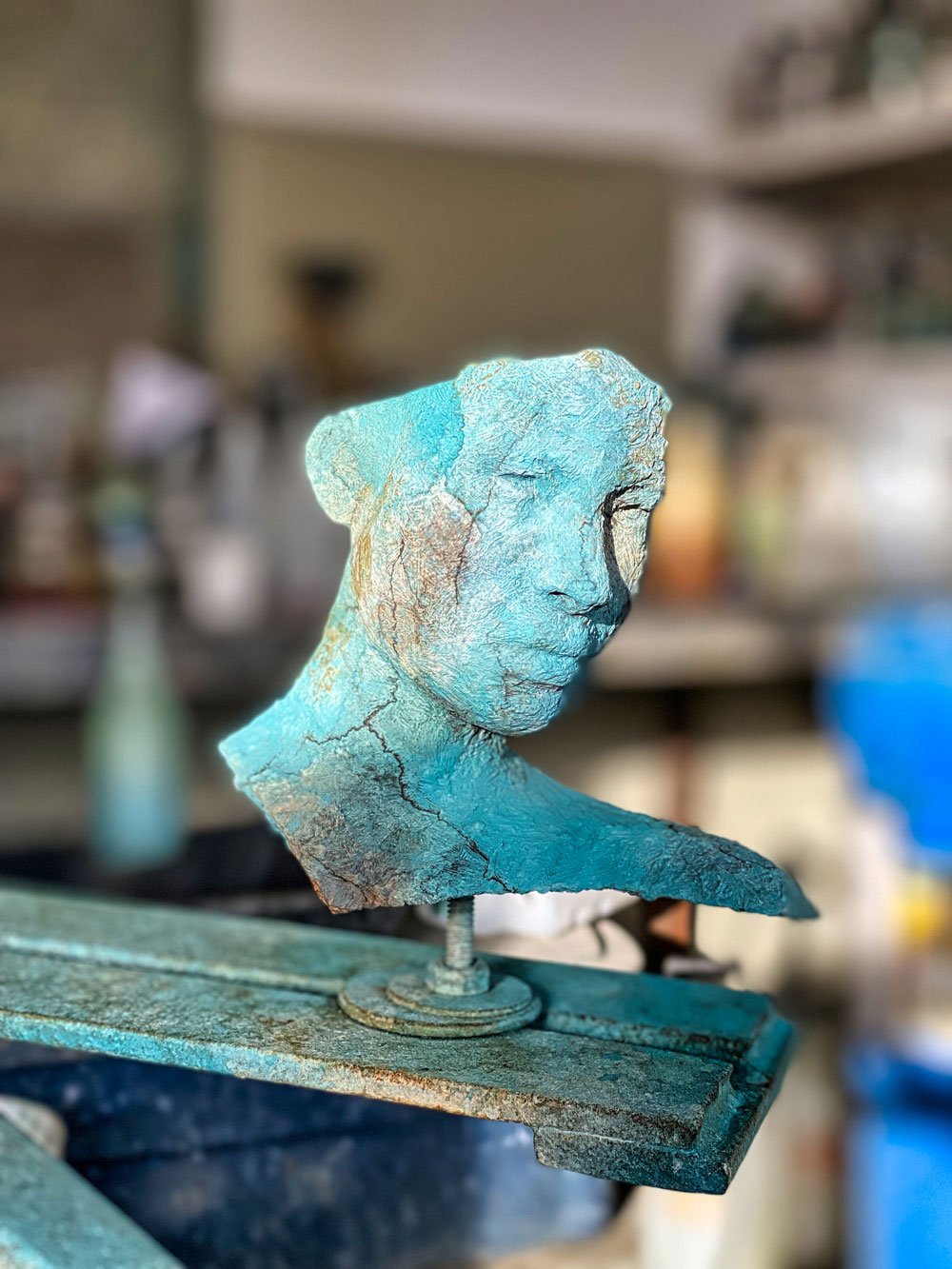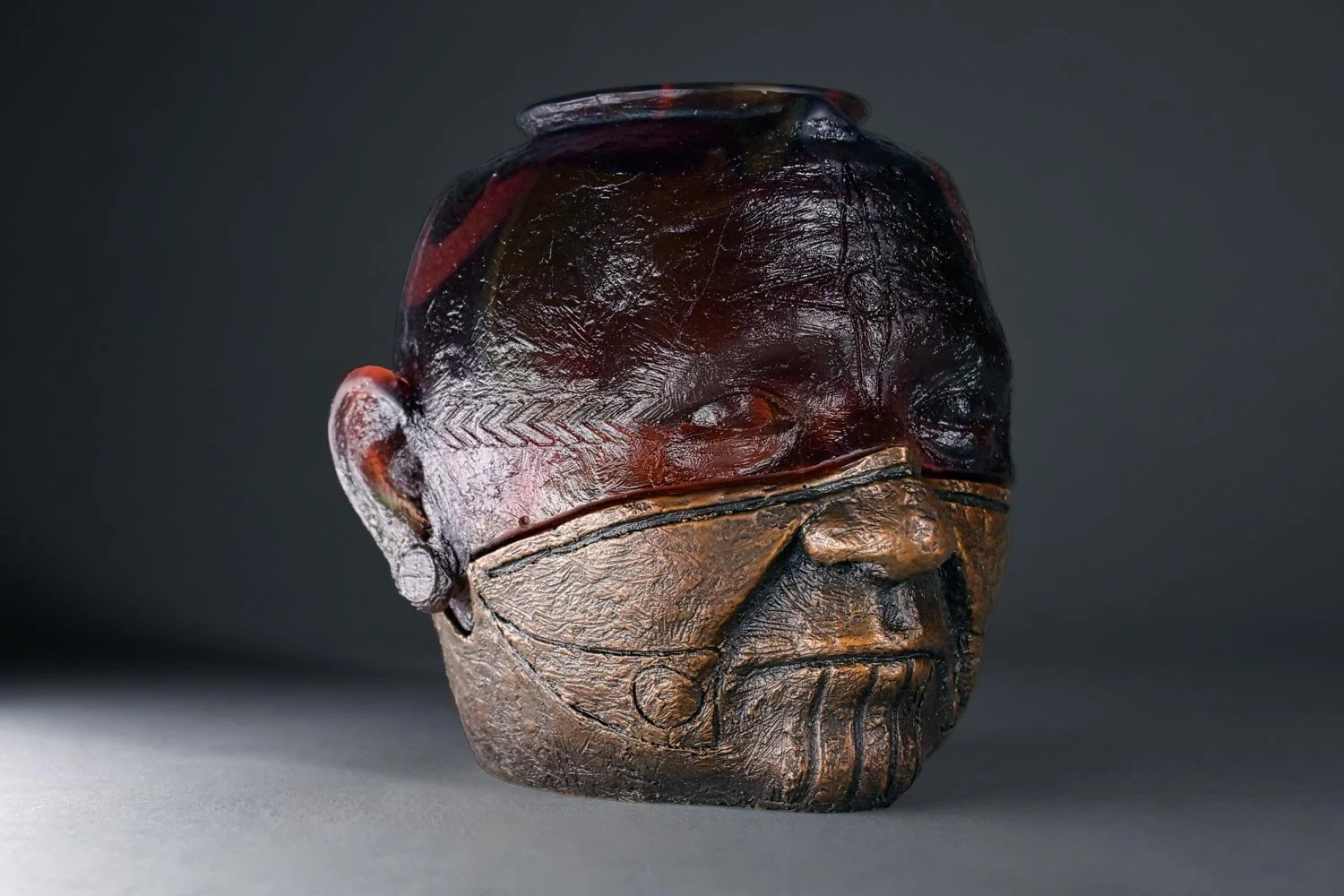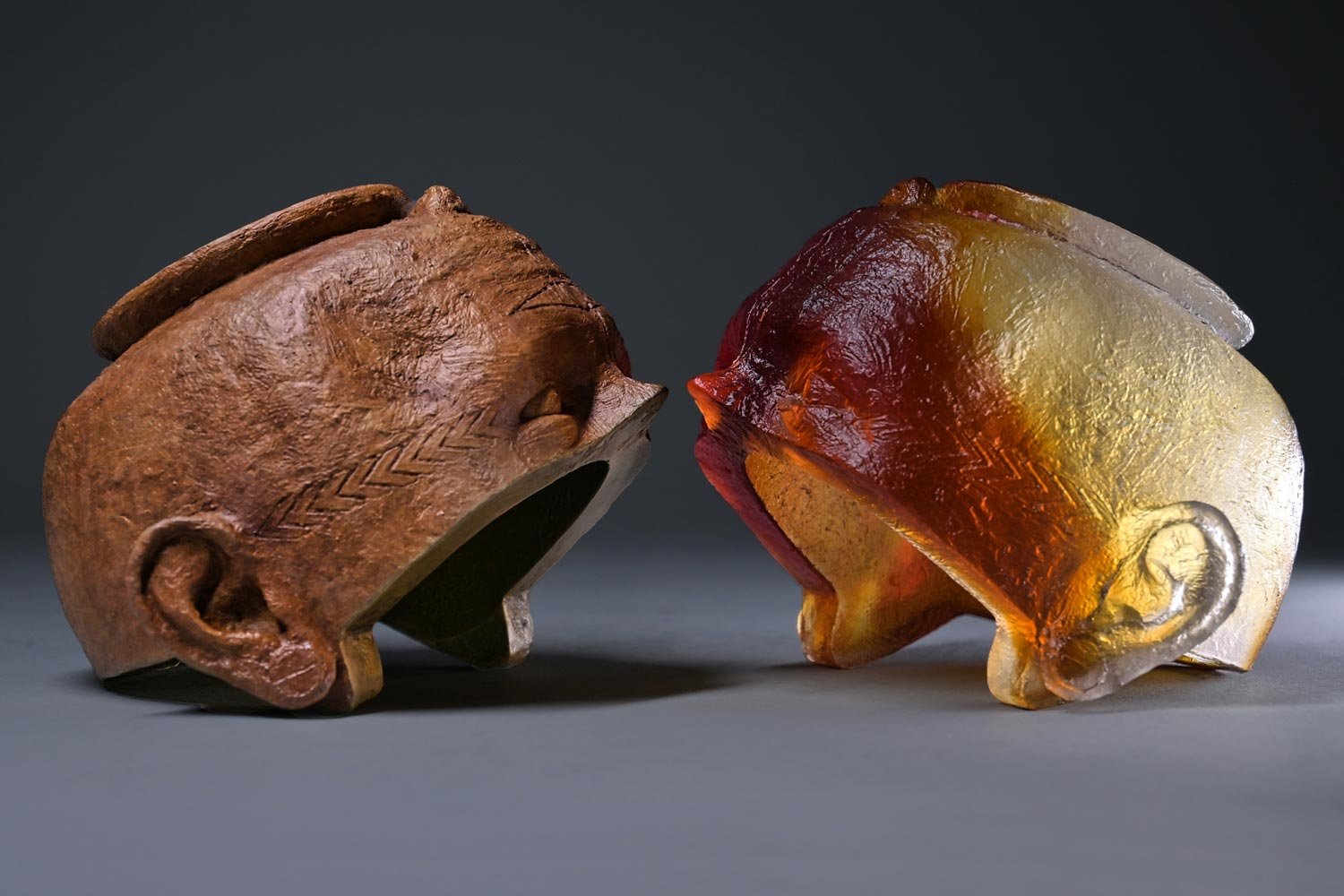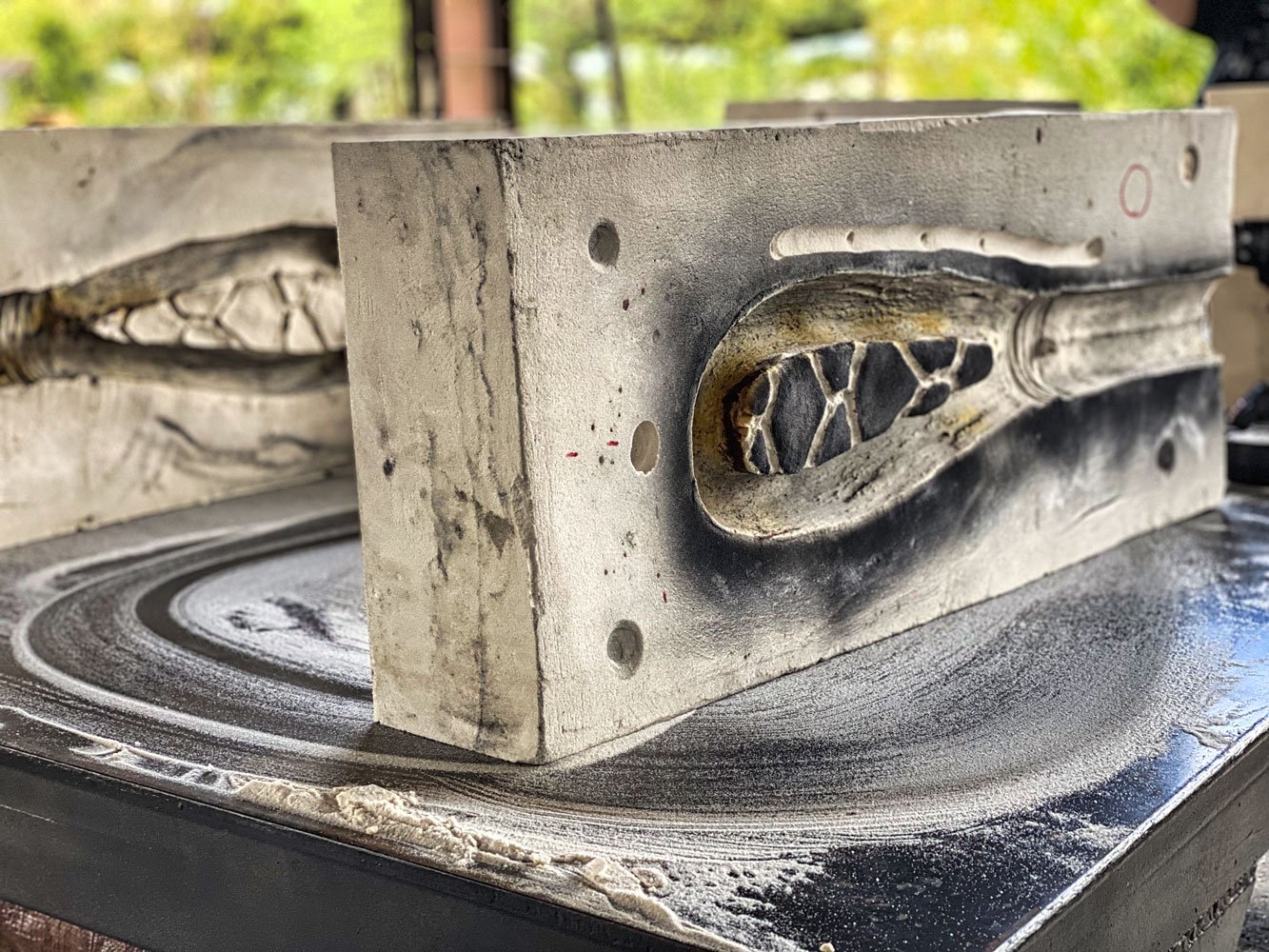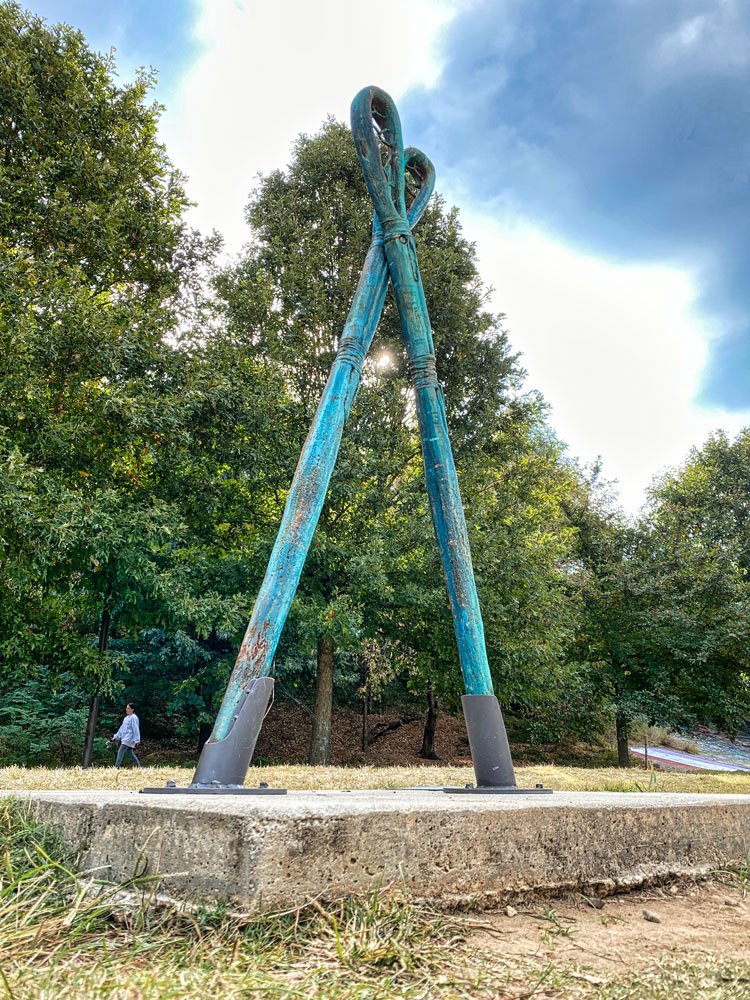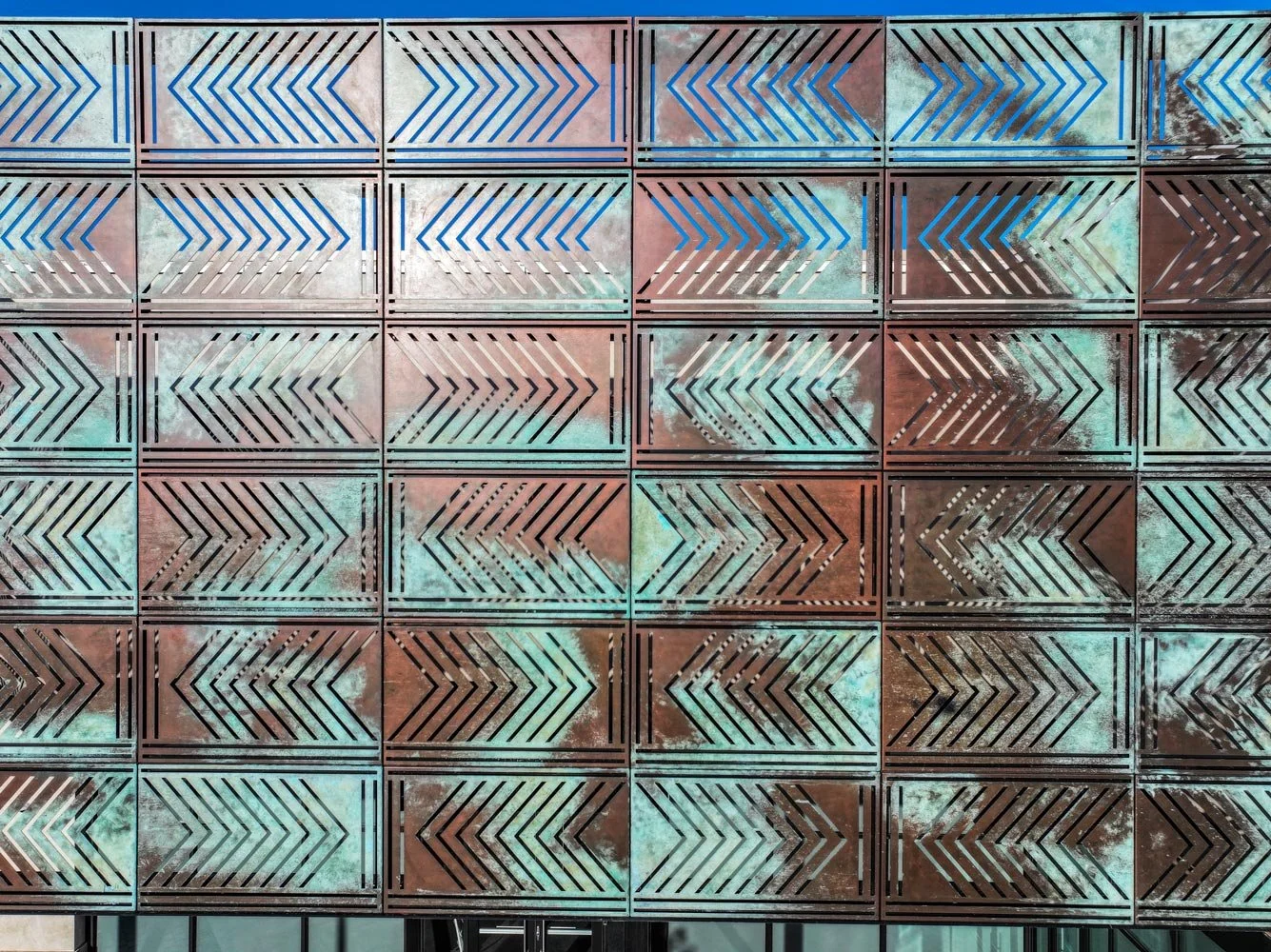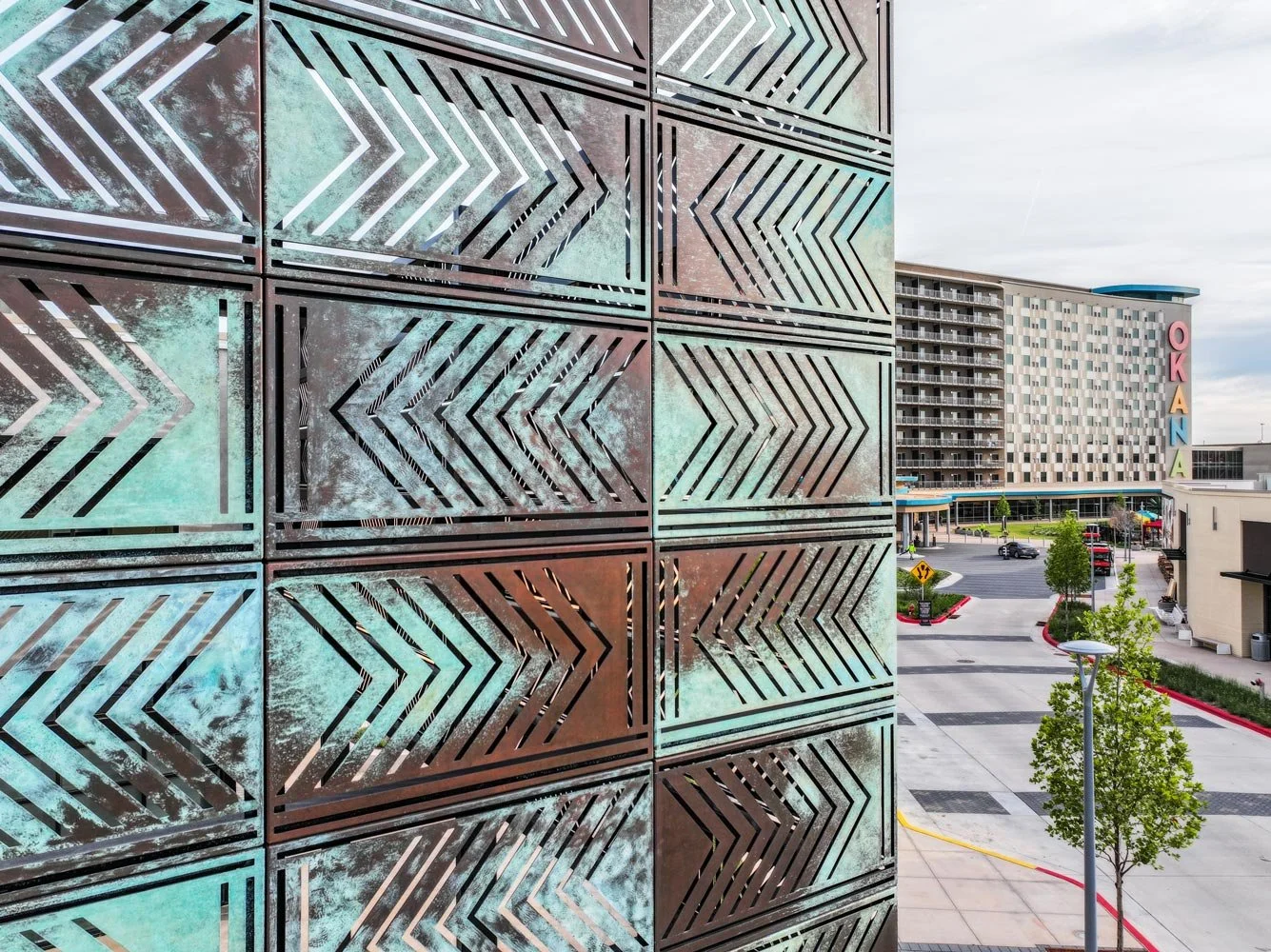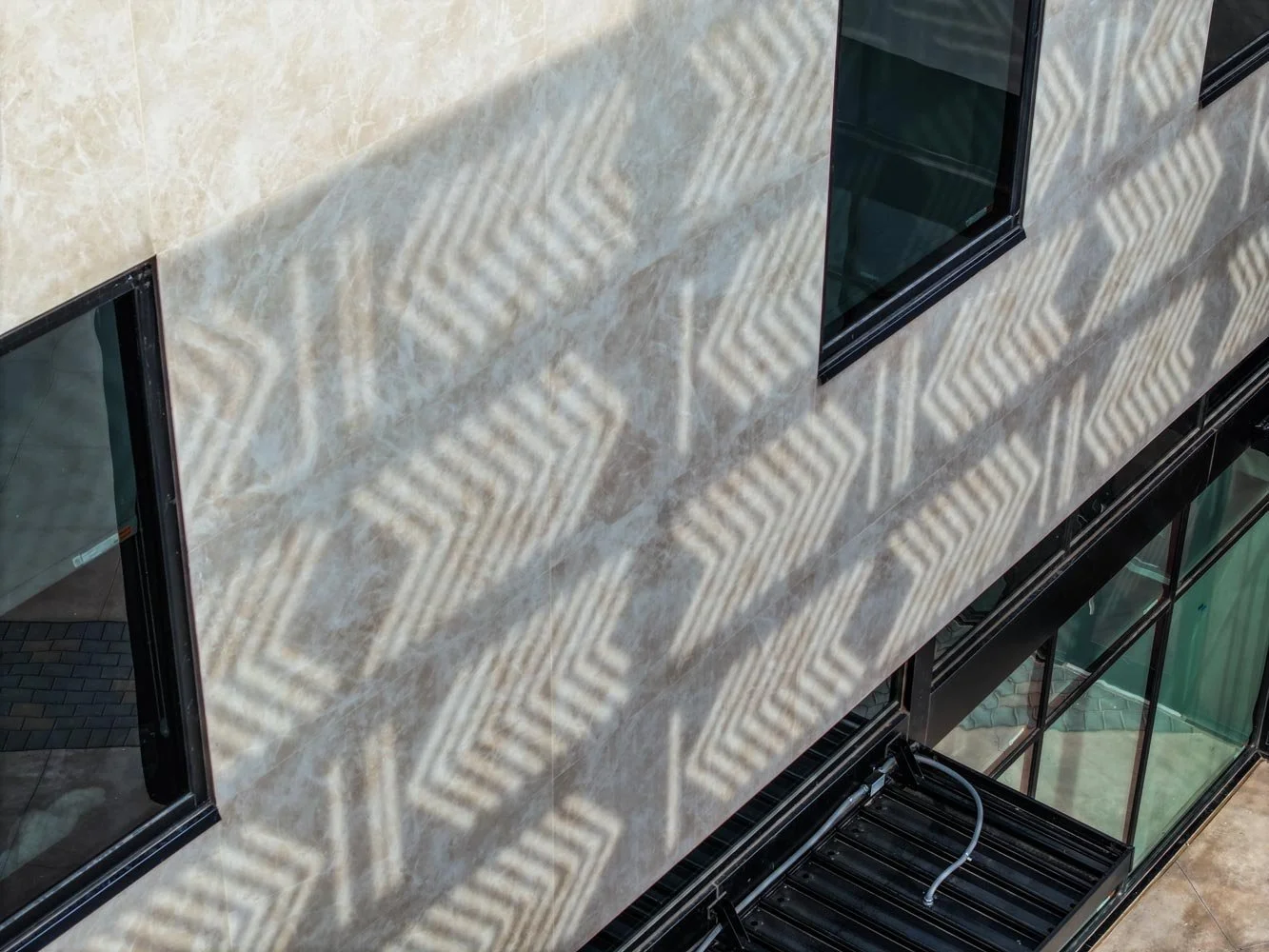
pisa chukma
Metals: native copper (cold-hammered, annealed), copper alloys (occasional trade alloys), meteoric iron (rare, sacred), mica (not metal, but metallic-reflective mineral & sacred), and examples of small-scale smelting and casting such as “pot metal” poured into carved stone open-face molds, including the Frog Effigy associated with Spiro Mounds. Stone: chert/flint (knives, points), sandstone (pottery, grinding & shaping), steatite/soapstone (carving, bowls), limestone (pipes, effigy sculptures), granite & slate (tools, celts, gorgets), obsidian (trade from Western regions and Mesoamerica). Clay/Earth: pottery with temper, shell-tempered clay (Mississippian hallmark), sand-tempered and grit-tempered clay, clay effigies & vessels, ceramic figurines, mound earth (architecture). Bone: deer bone tools (awls, needles), bird bone (jewelry, whistles), fish bone, human bone (rare ritual context), and northern-sourced bone ivory material entering through long-distance trade networks. Shell: marine shell (gorgets, beads, cups; whelk), freshwater mussel shell (tools, temper for pottery). Wood: hickory, oak, cedar, river cane, cypress, bows, spear shafts, handles, mortar & pestle, carved figures, ceremonial poles. Plant fibers & organics: river cane baskets & mats, dogbane and nettle fiber cordage, leather & rawhide, feathers (ceremonial regalia), sinew bindings. Pigments & surface treatments: red ochre (hematite), charcoal black, white clay/kaolin, copper salts for green/turquoise pigment, burnishing/engraving techniques. Other natural materials: animal hide & fur, turtle shell (rattles, containers), antler (carving, tools), gourd vessels.




shokowali




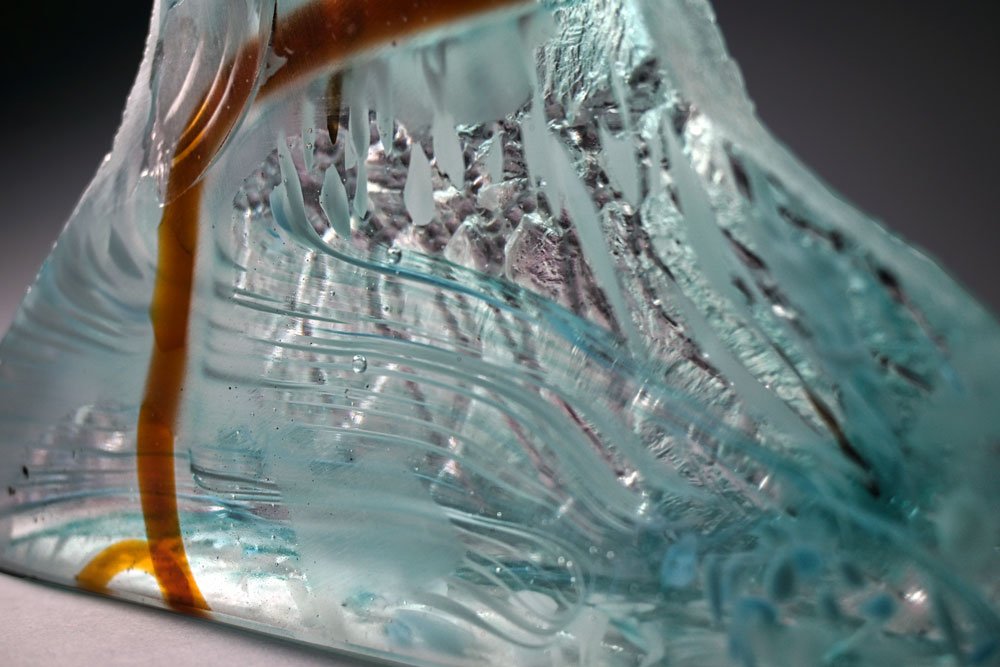
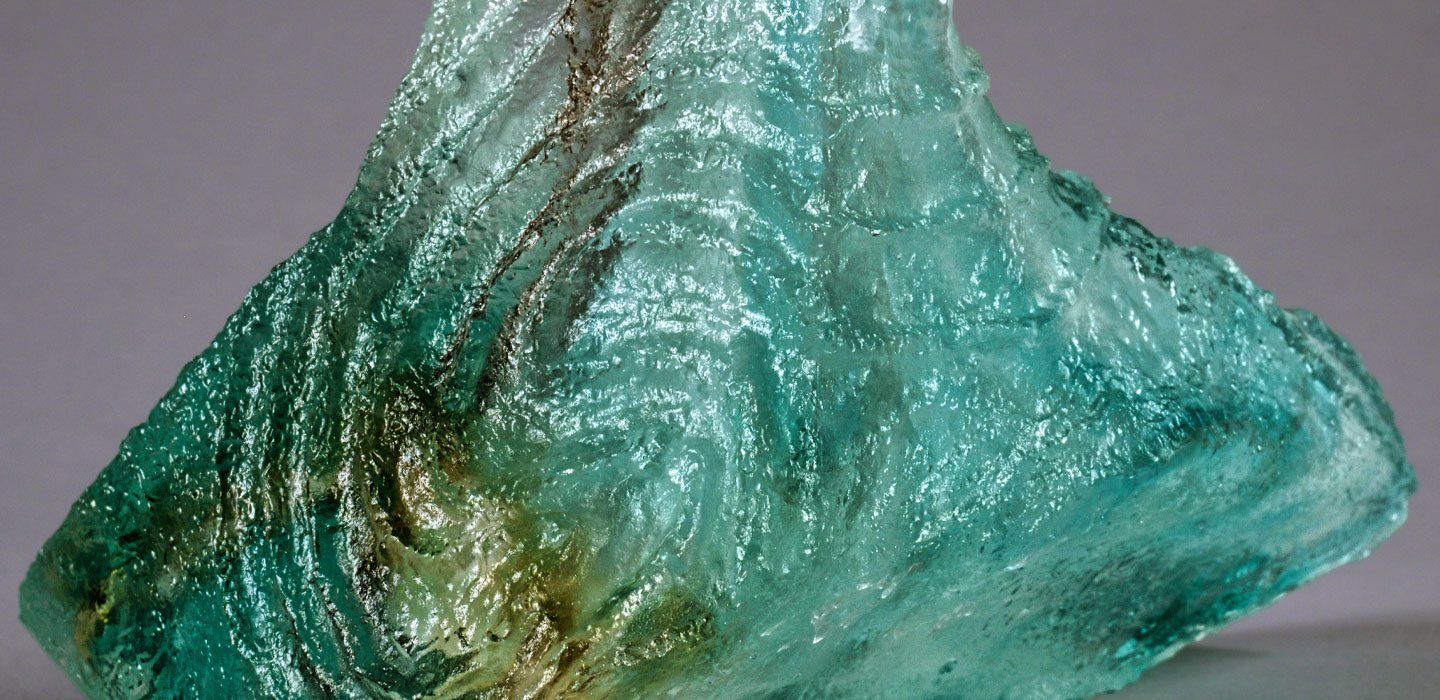


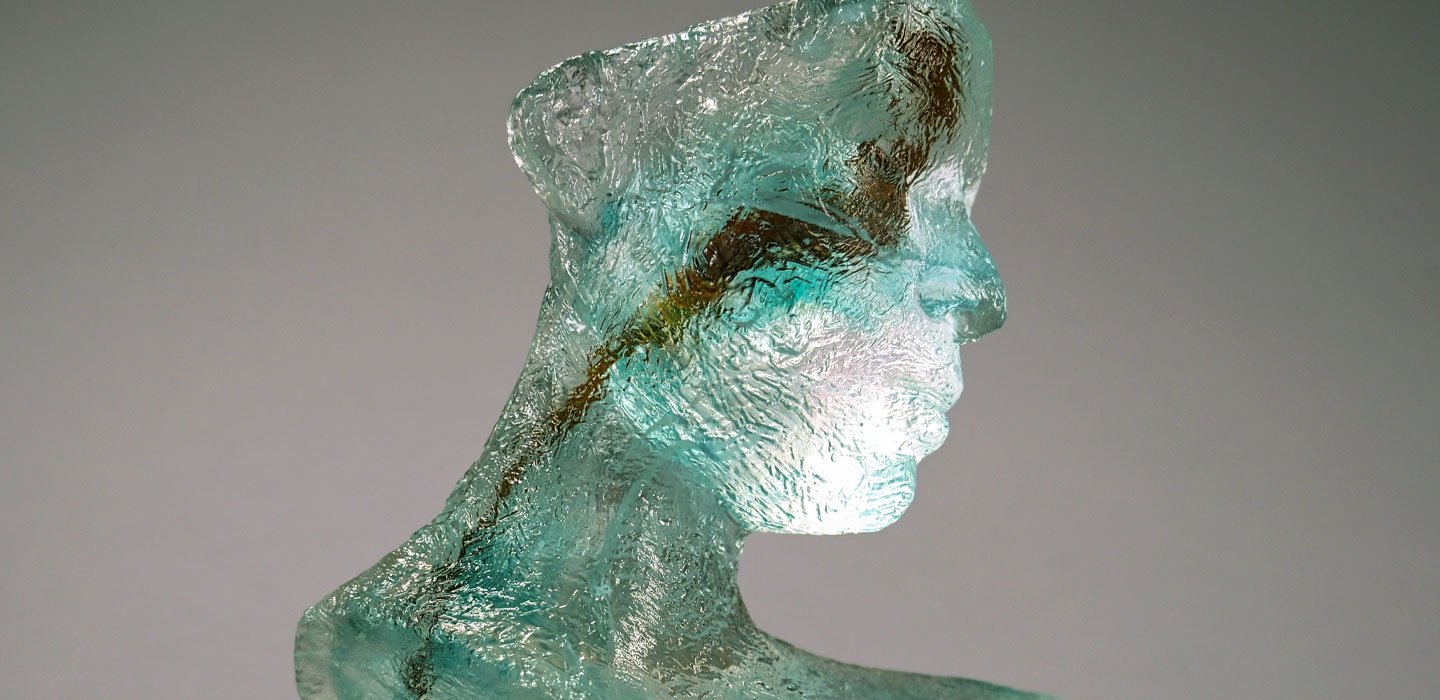
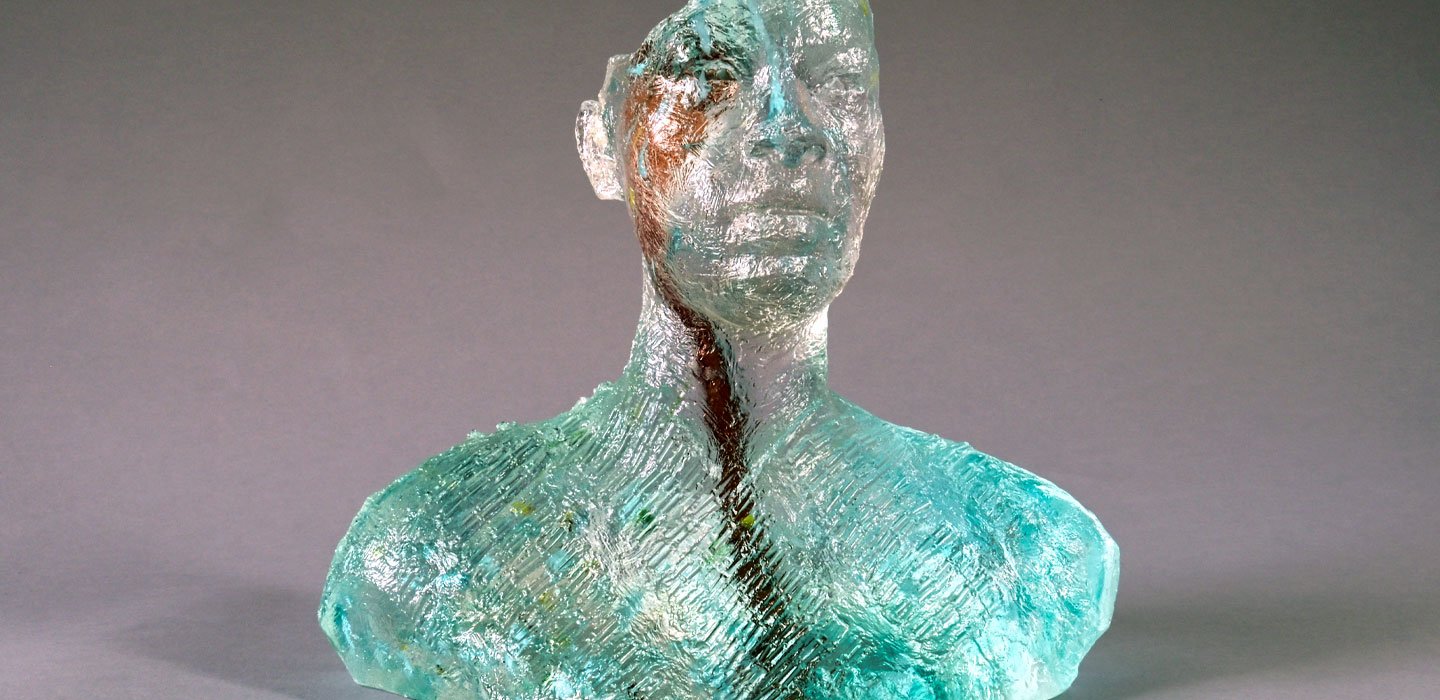


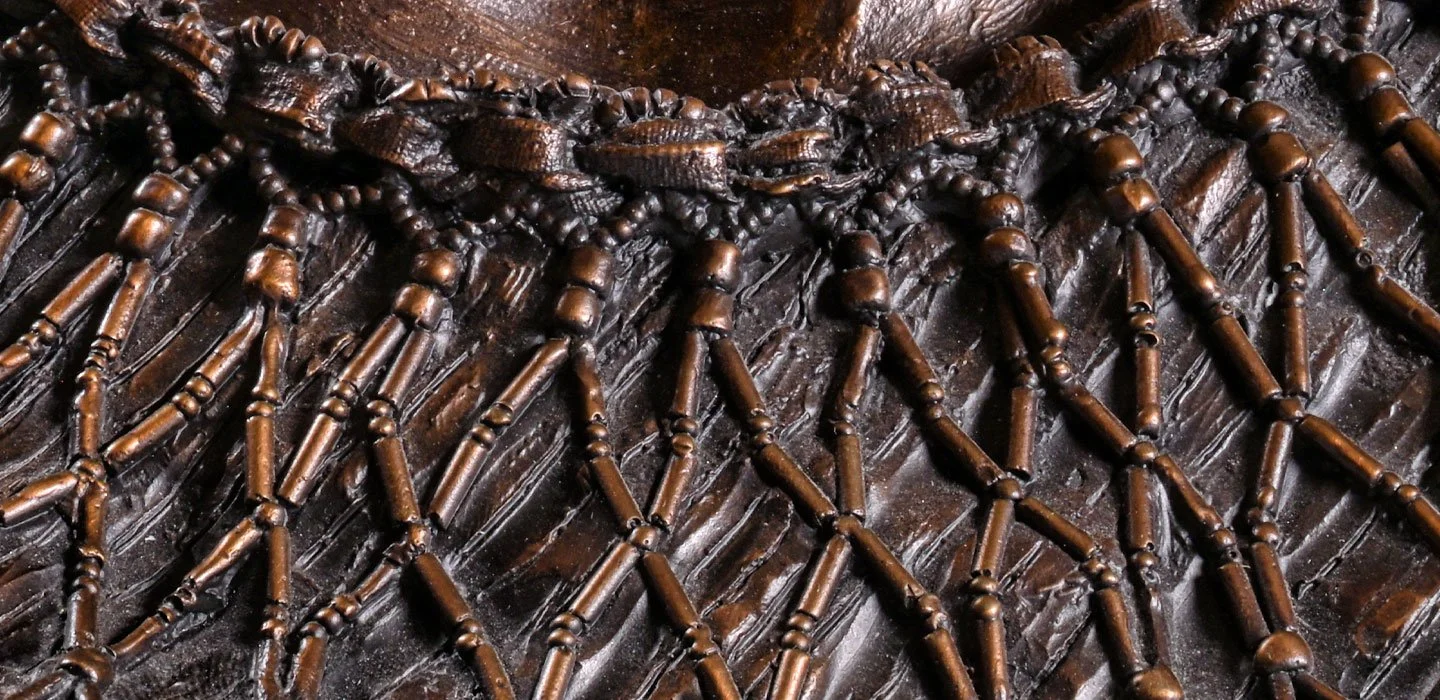
tulli kawusski

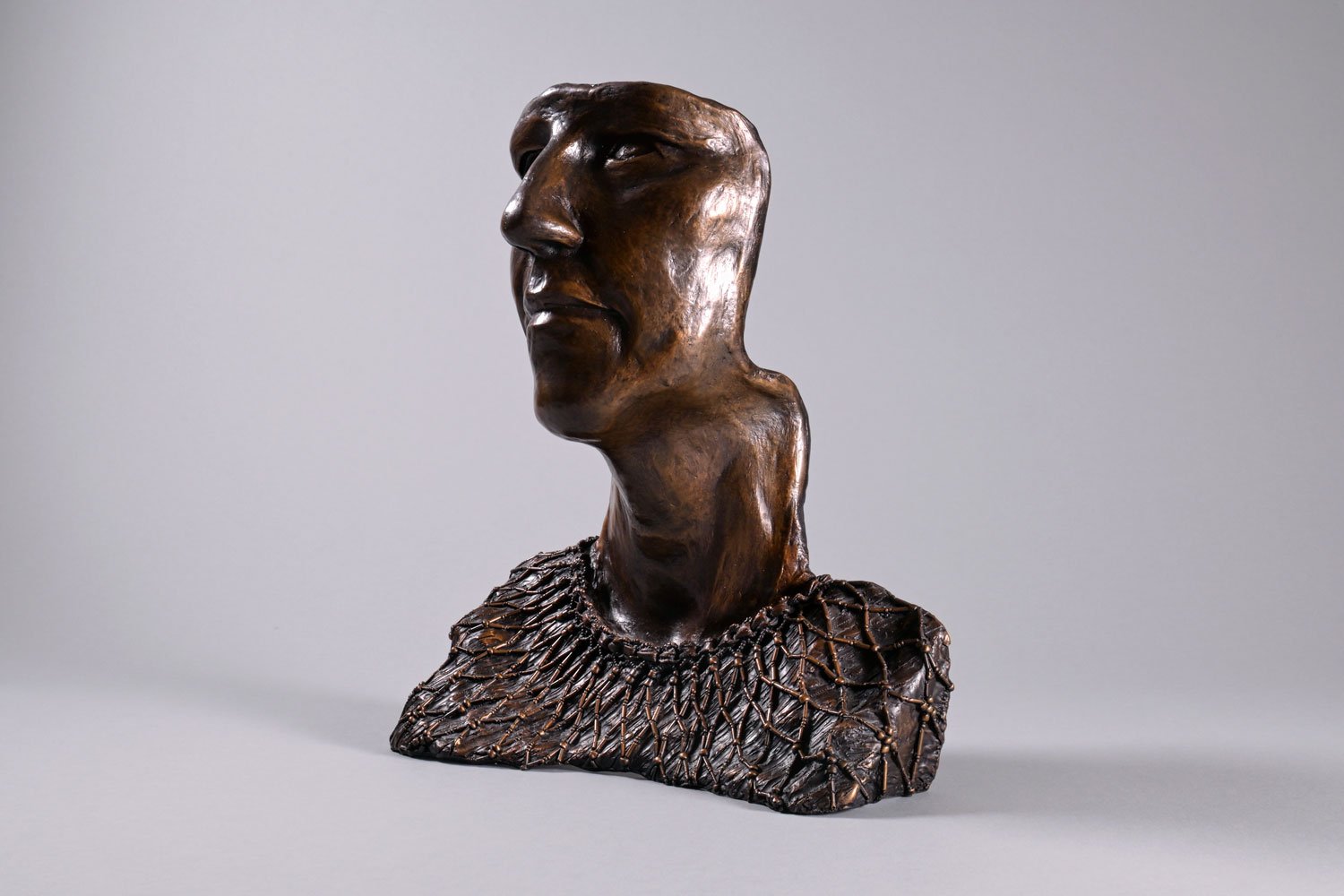

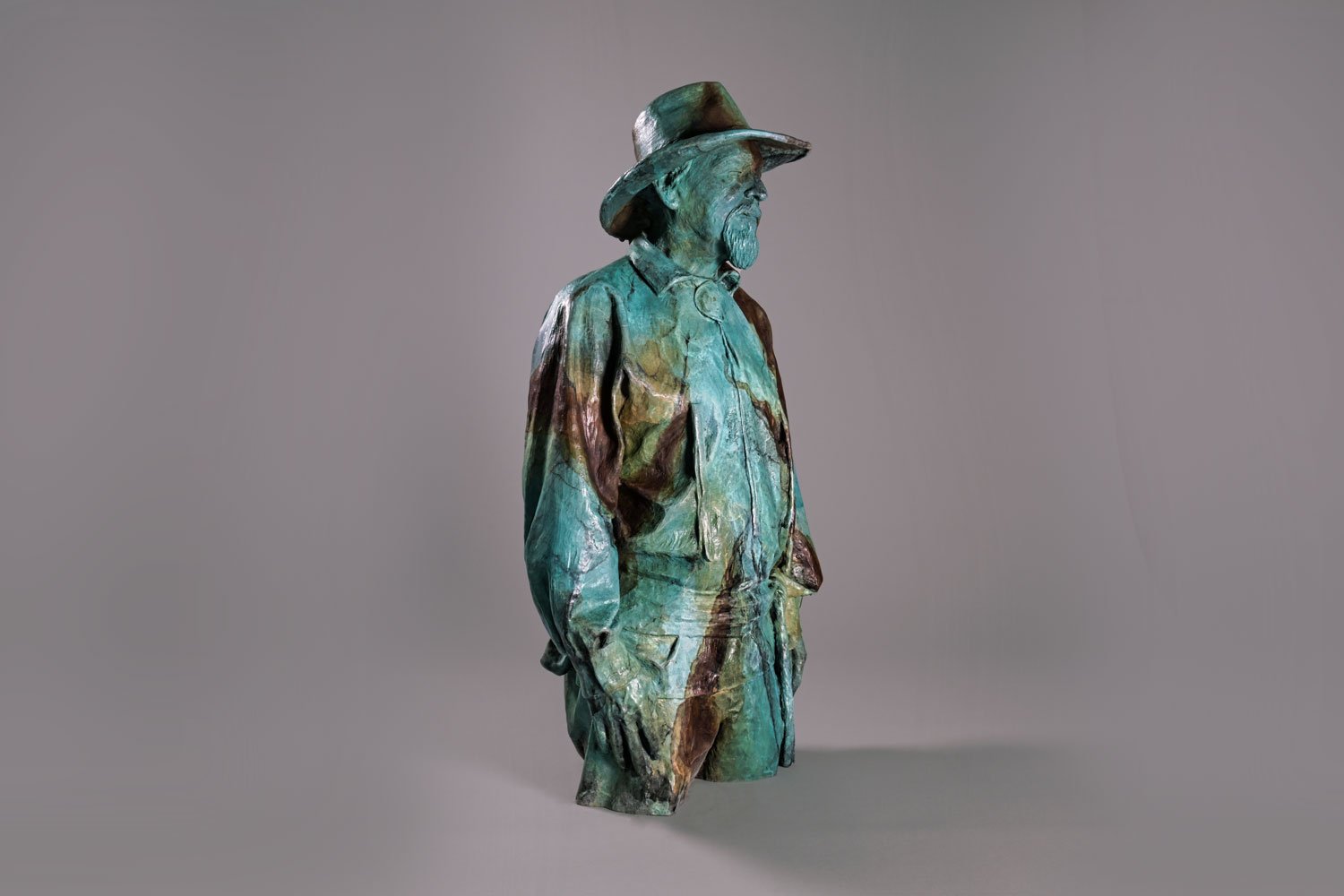
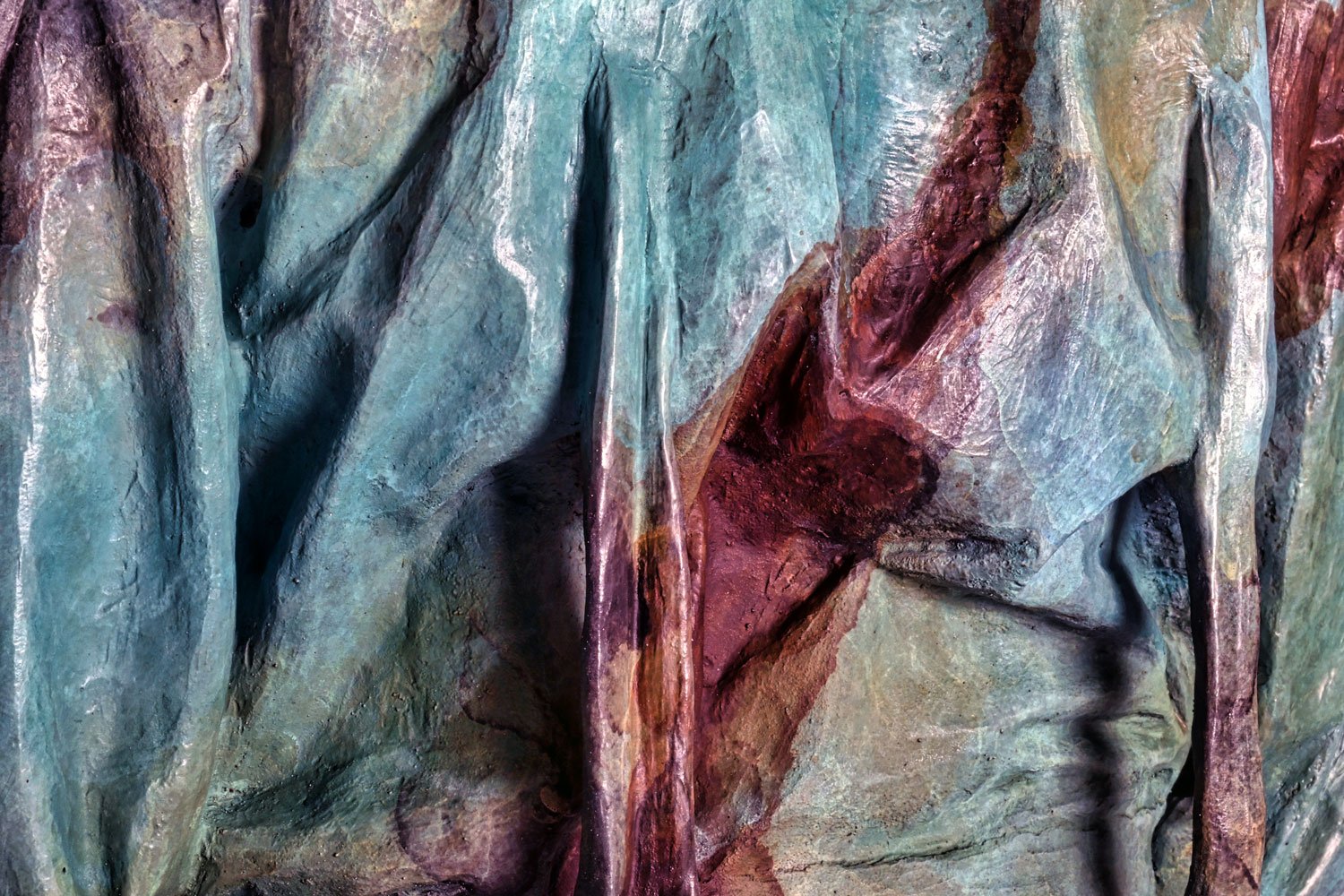
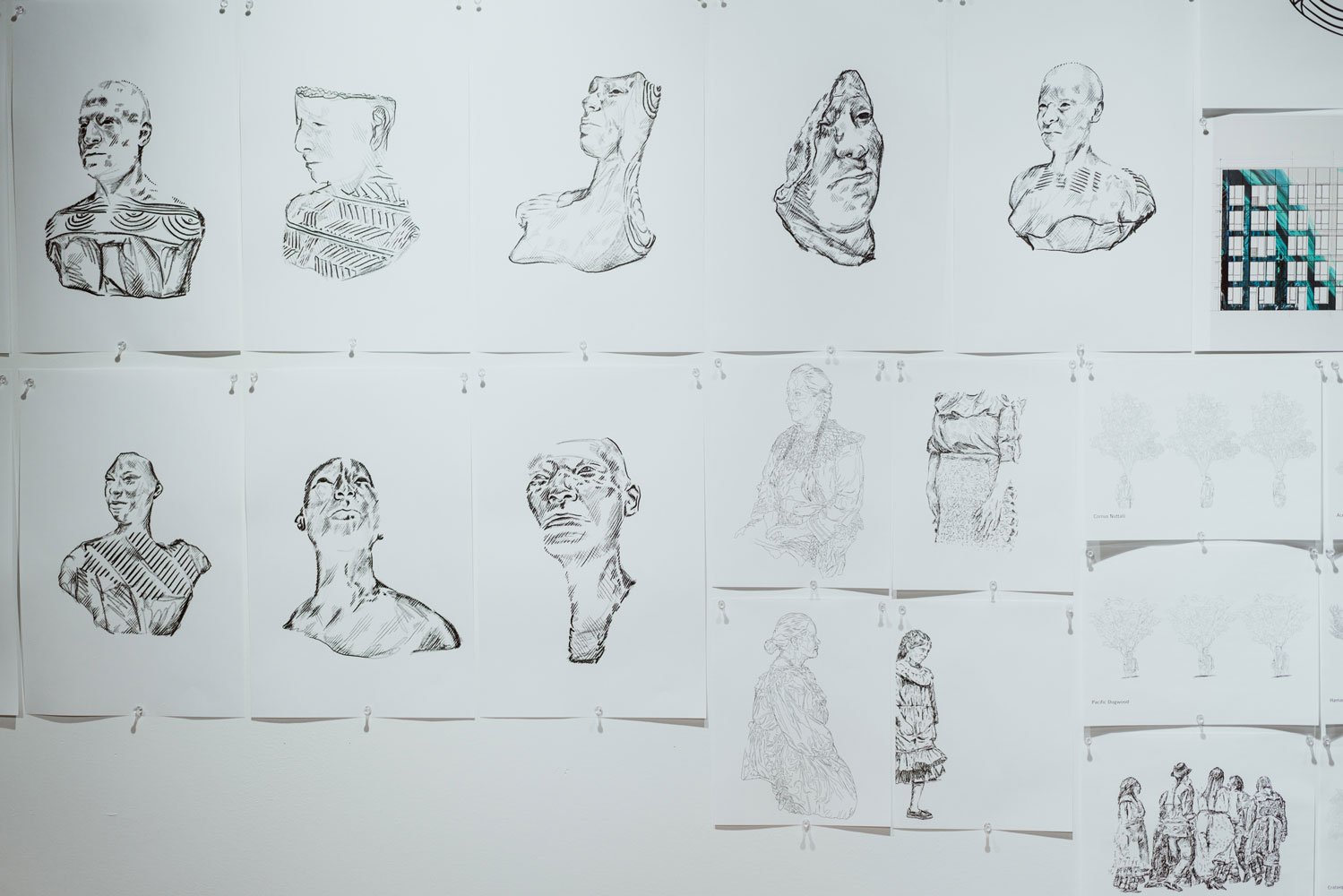
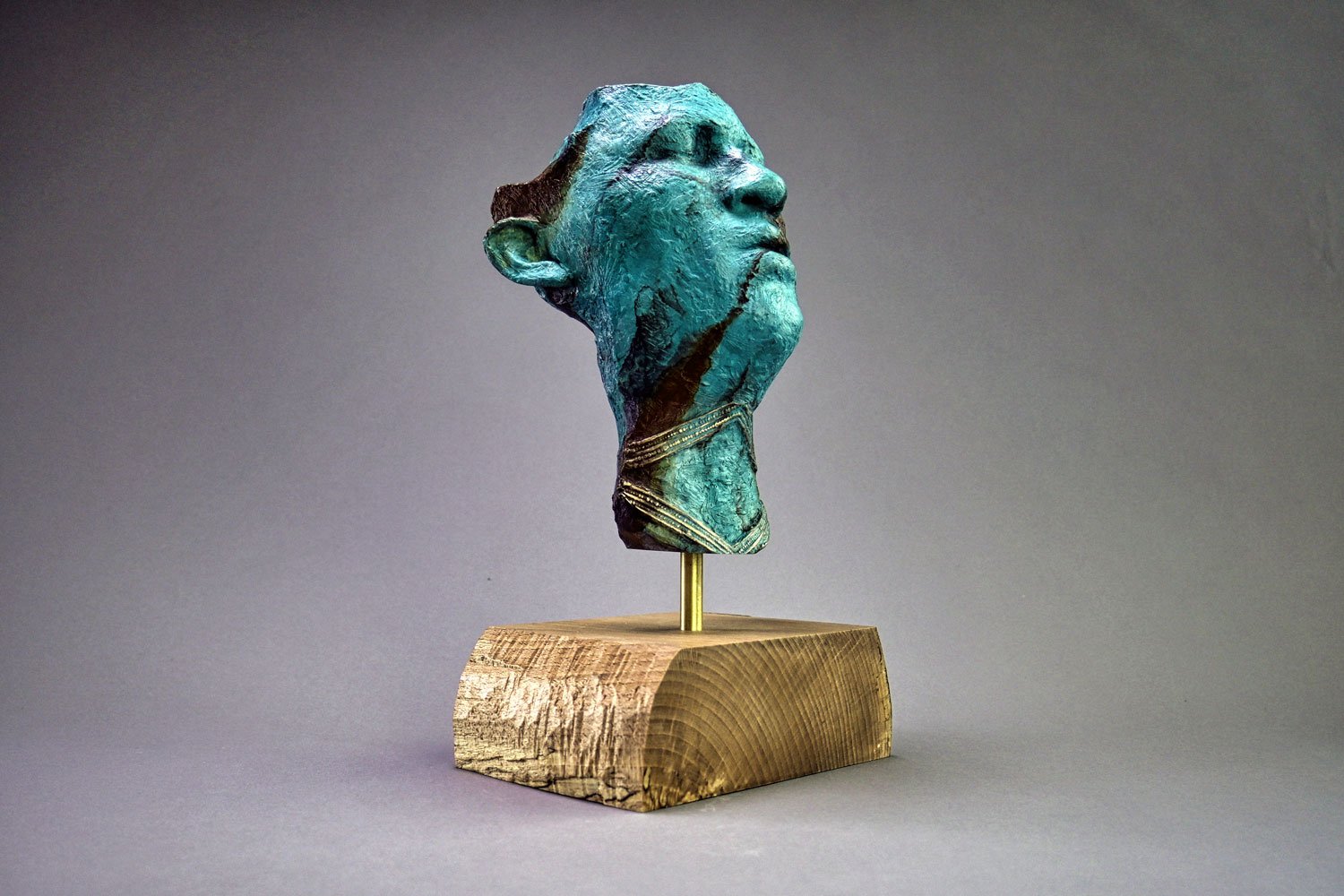


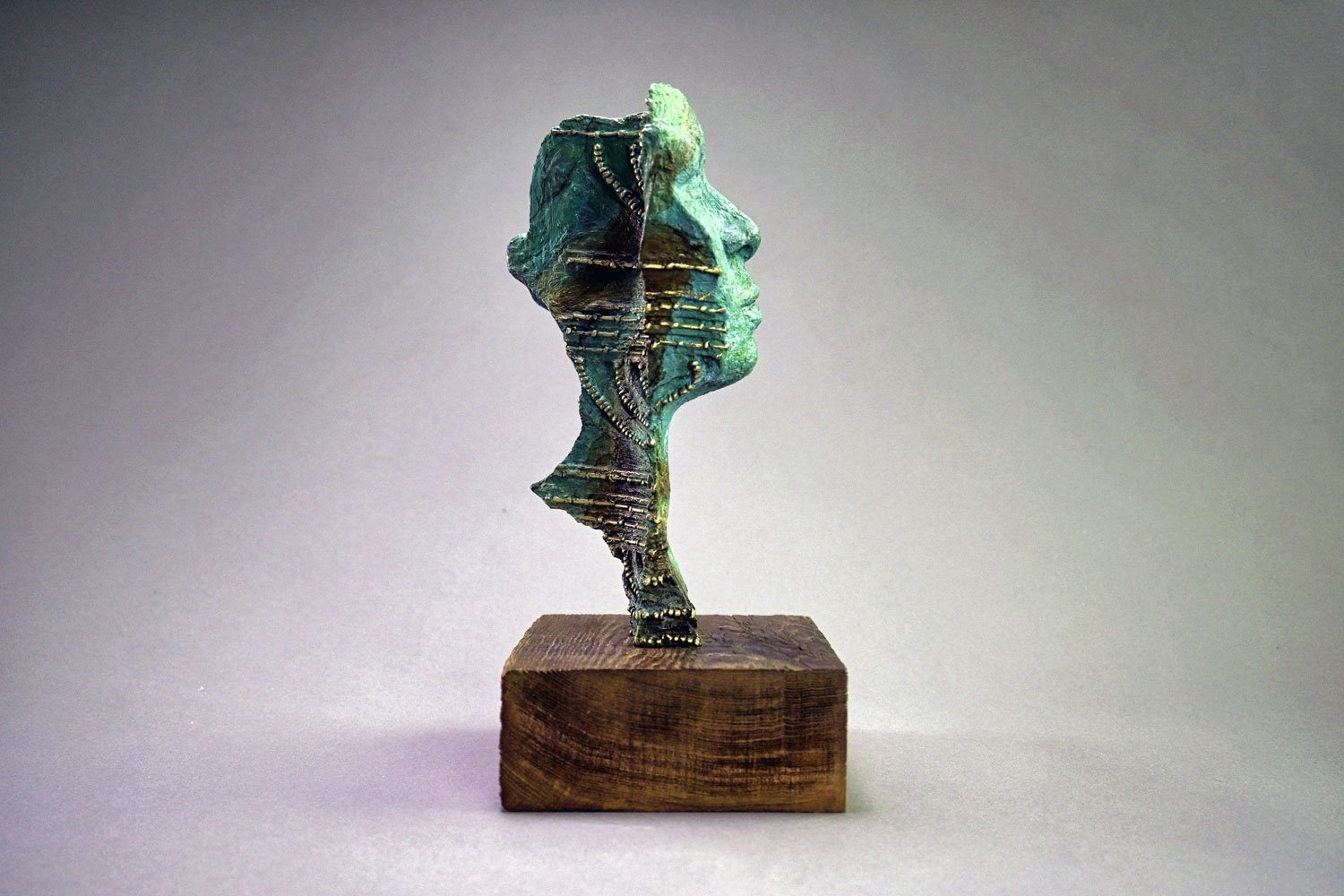

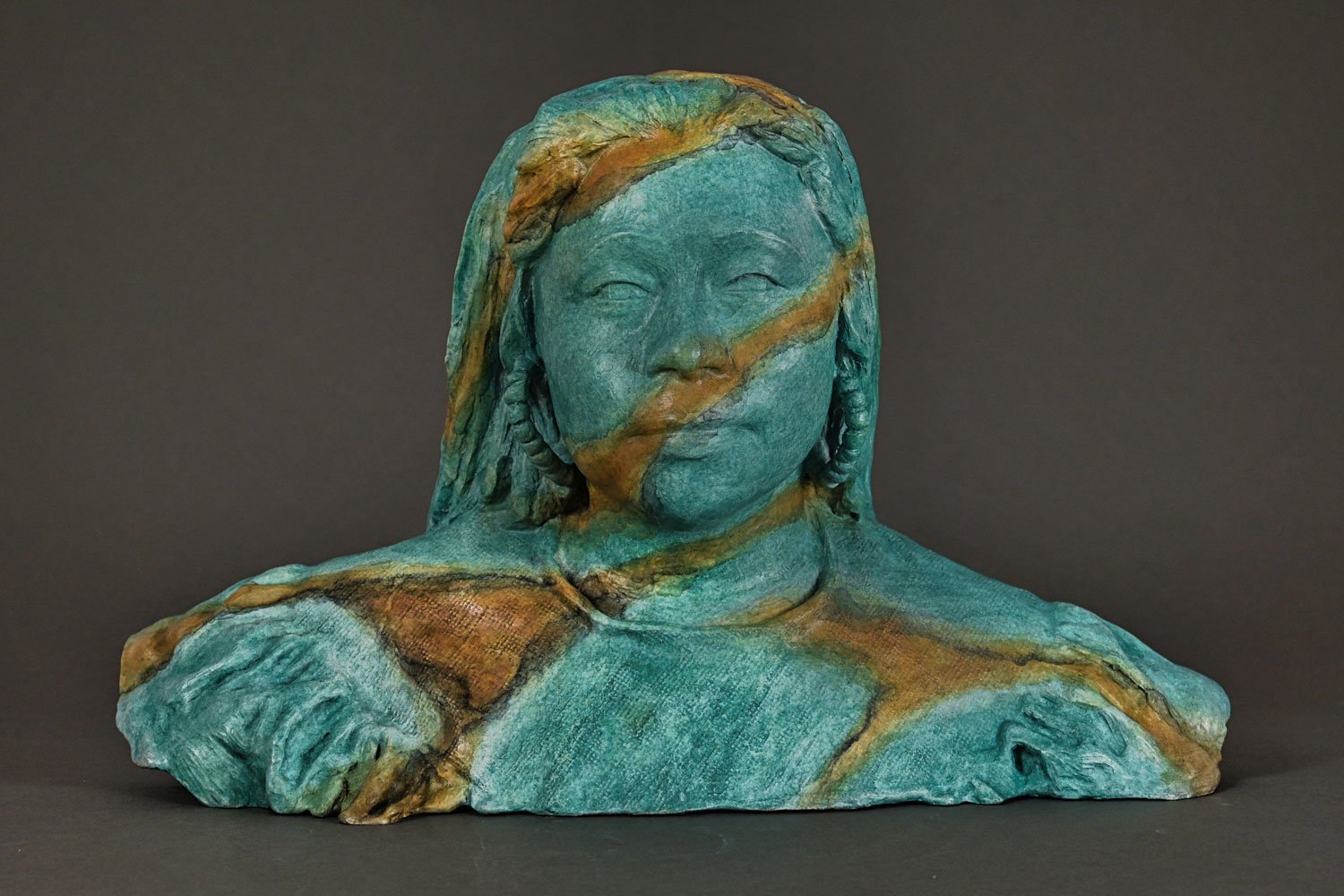
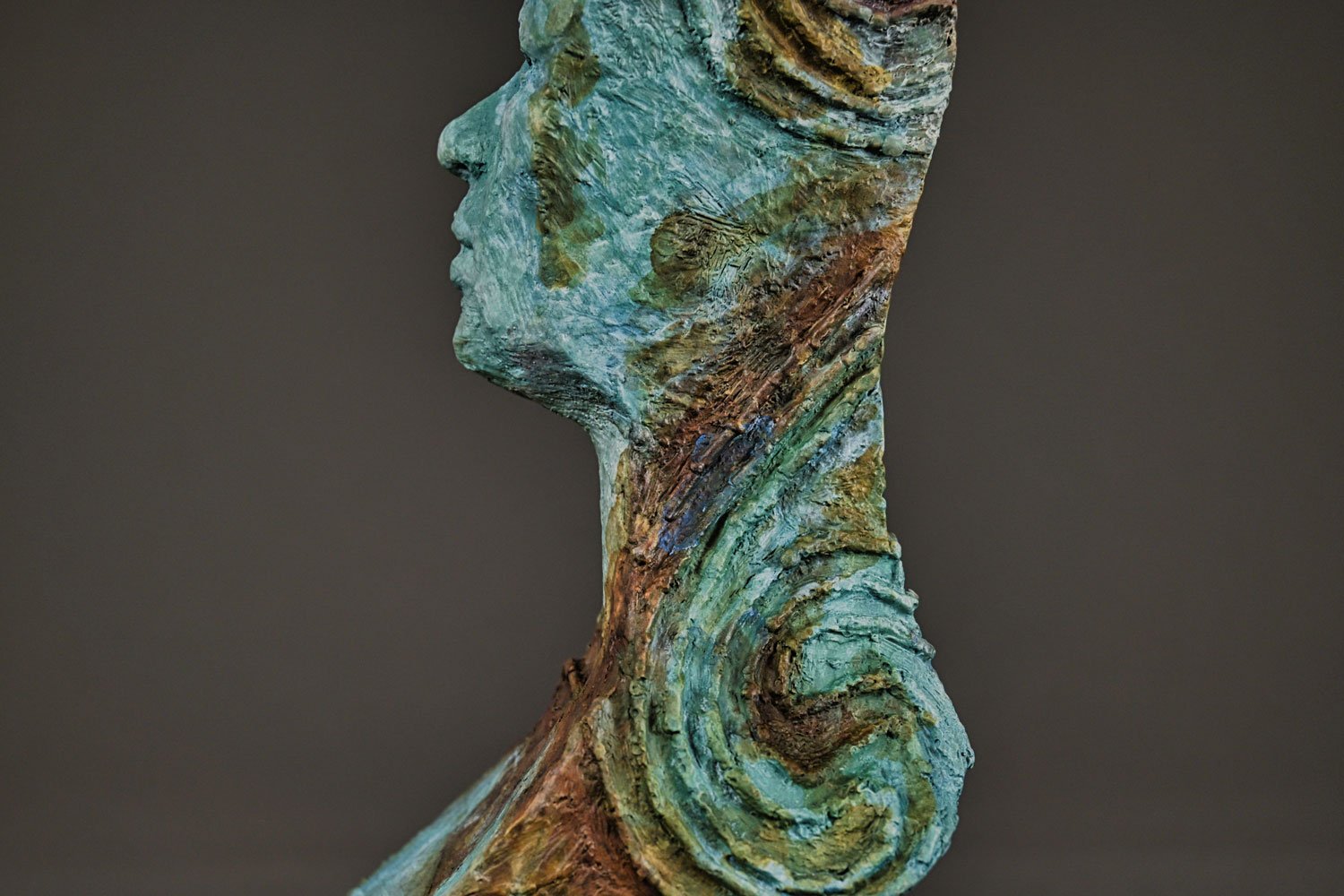

nan aiulhto

itti’ kapochcha to’li’







